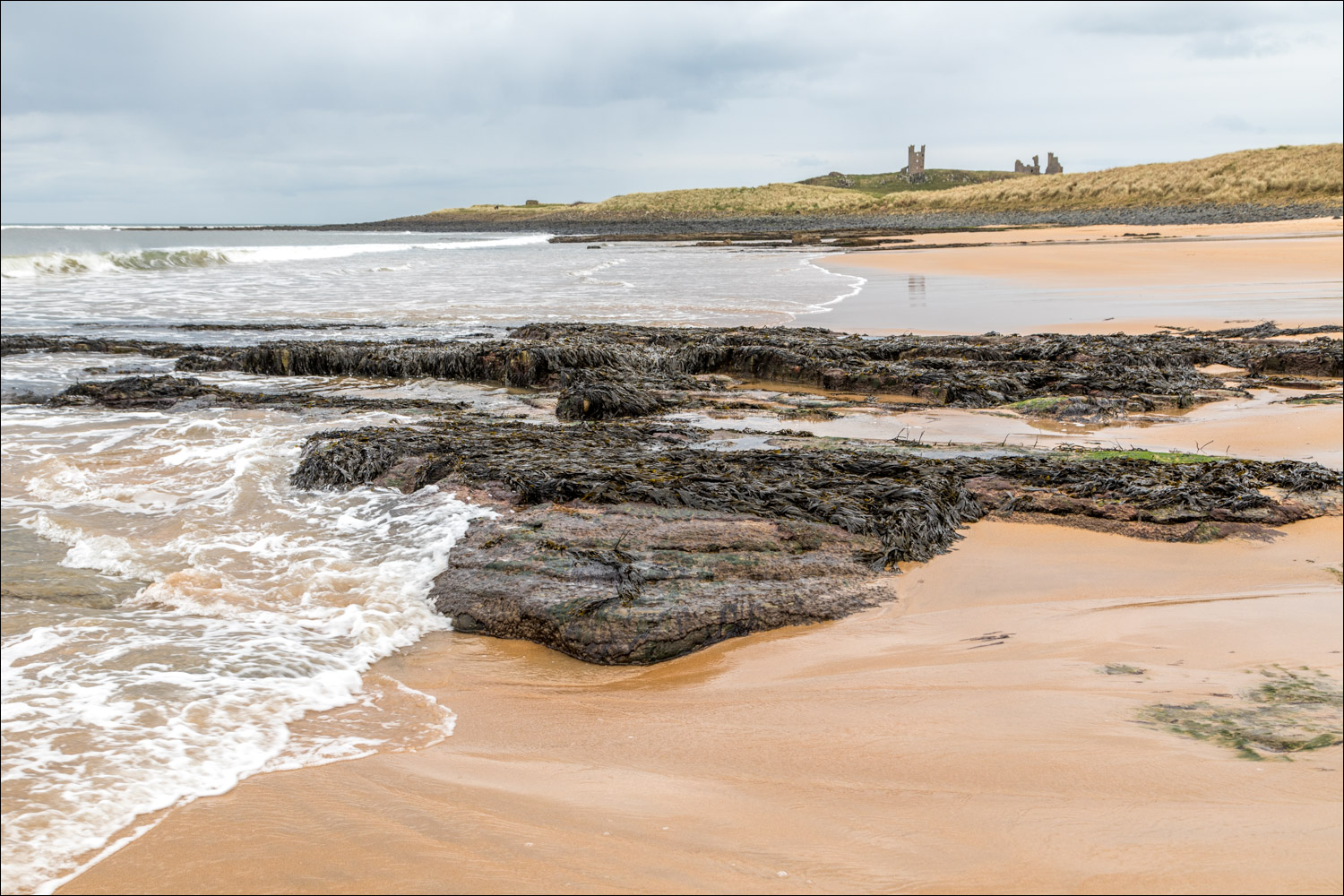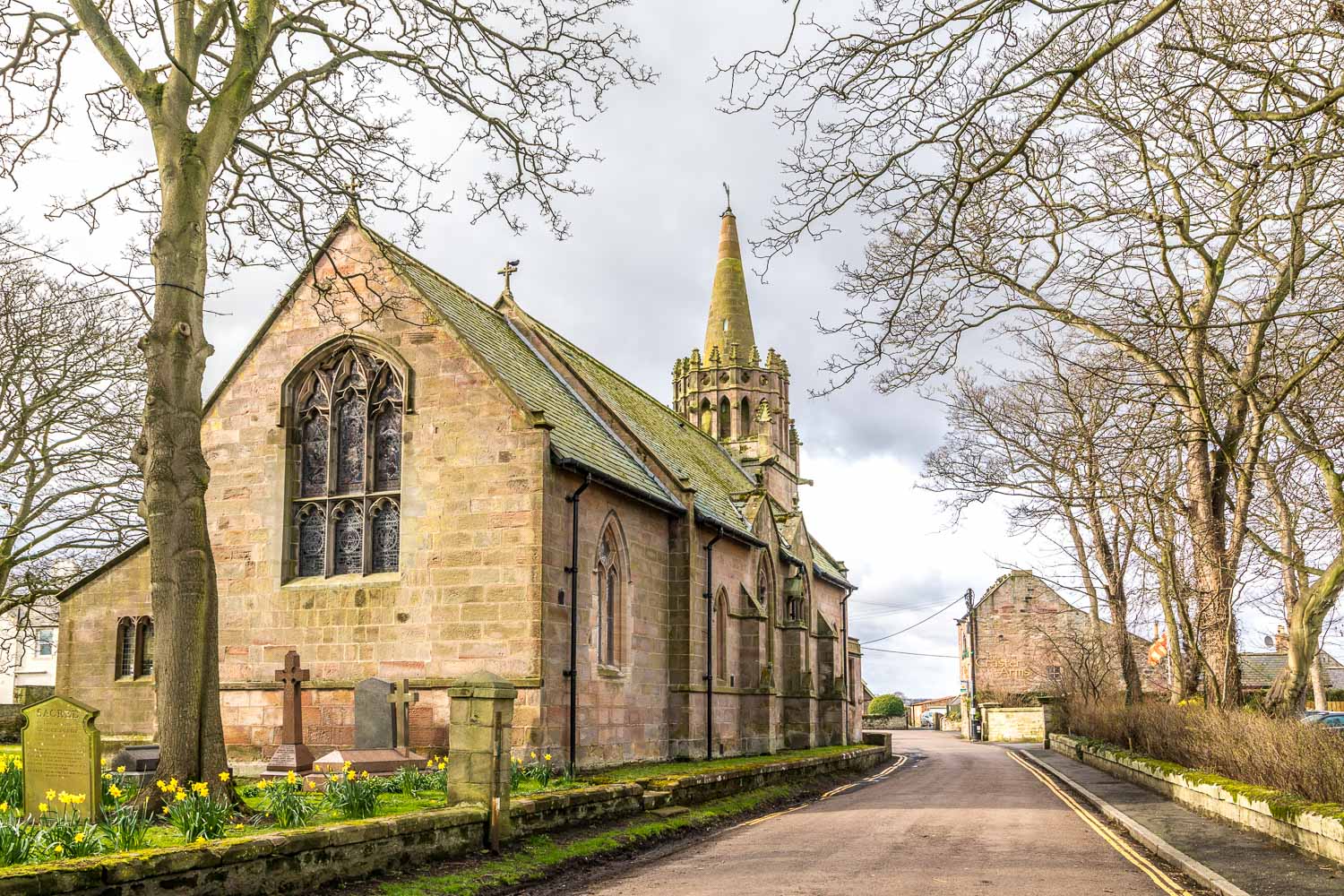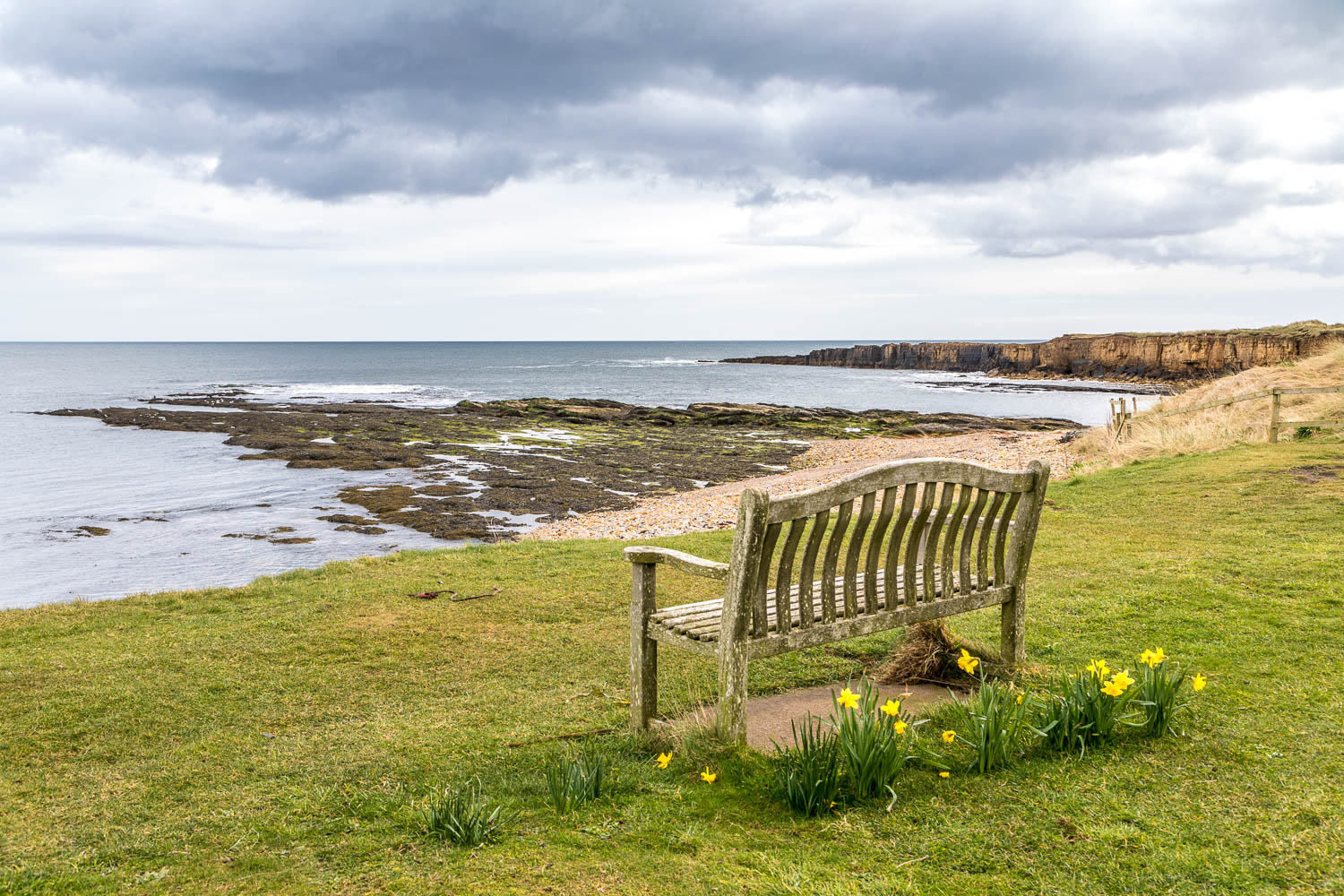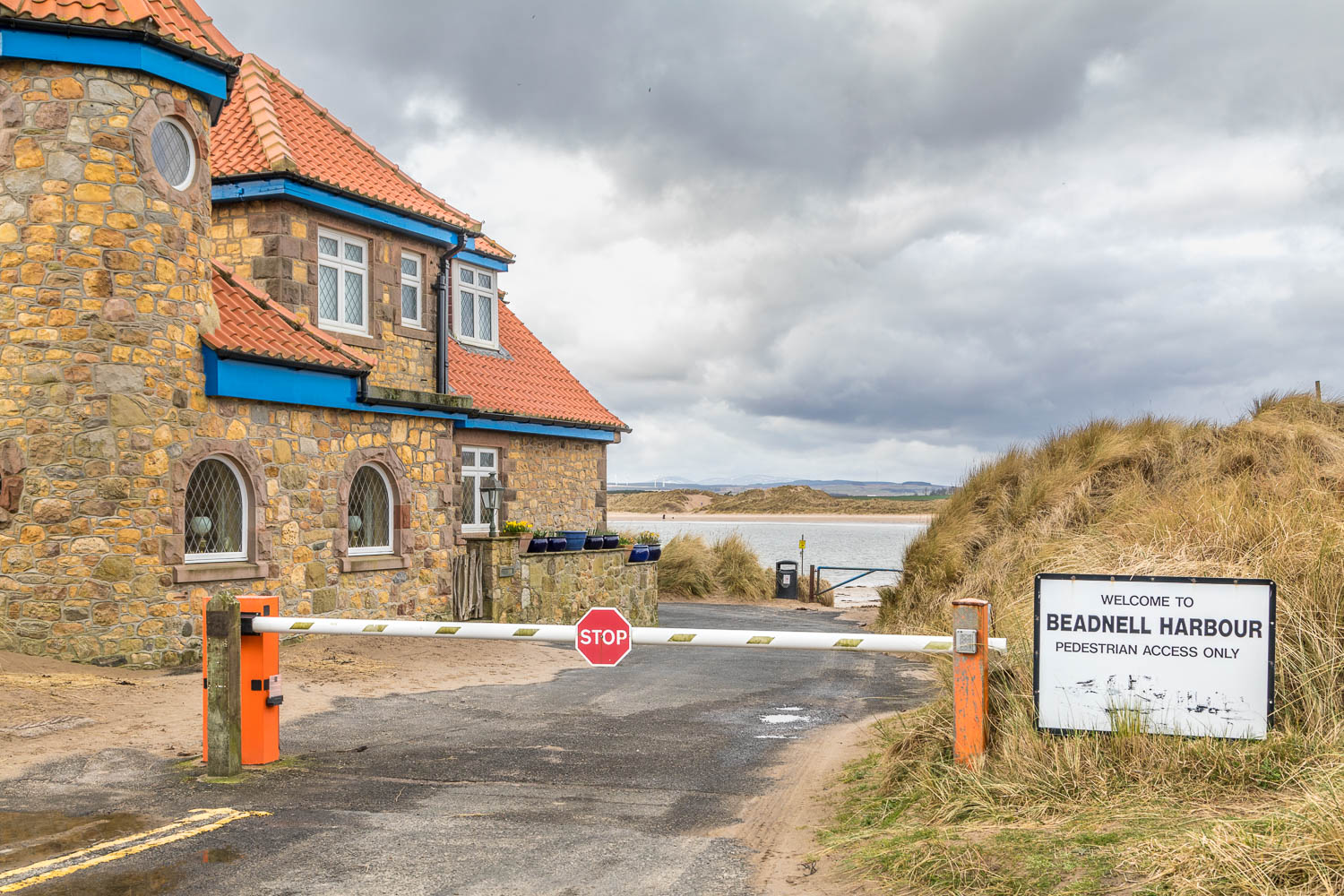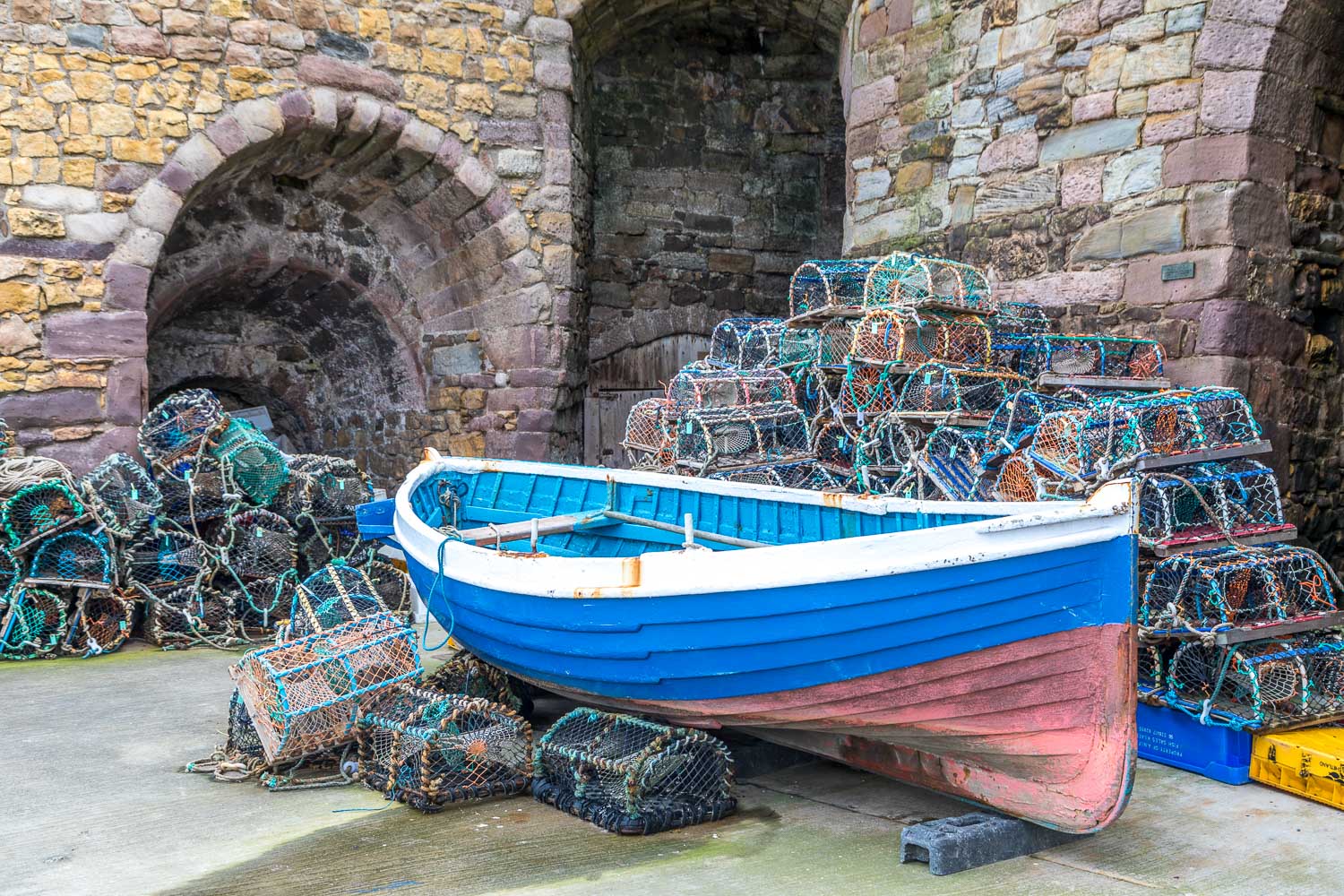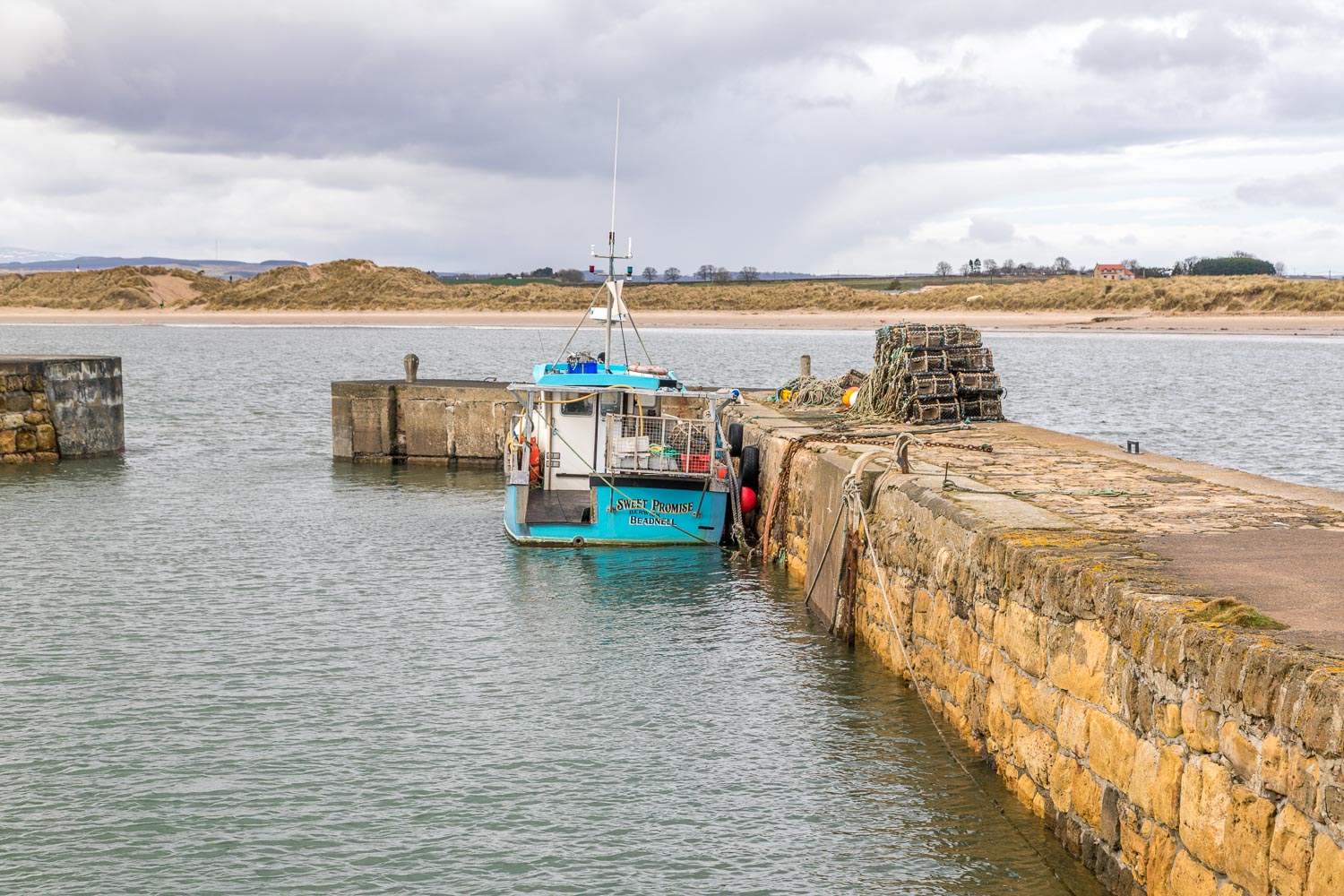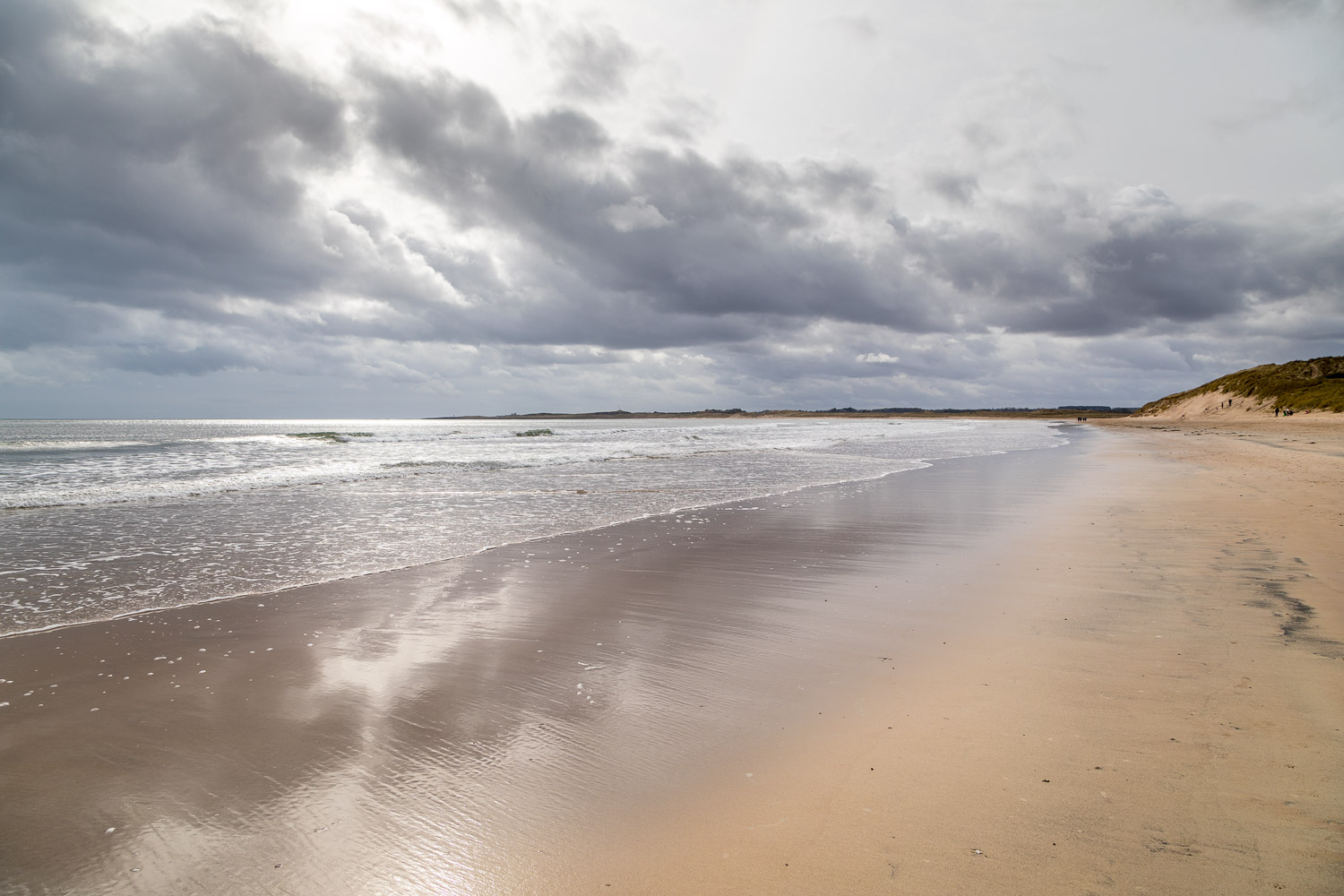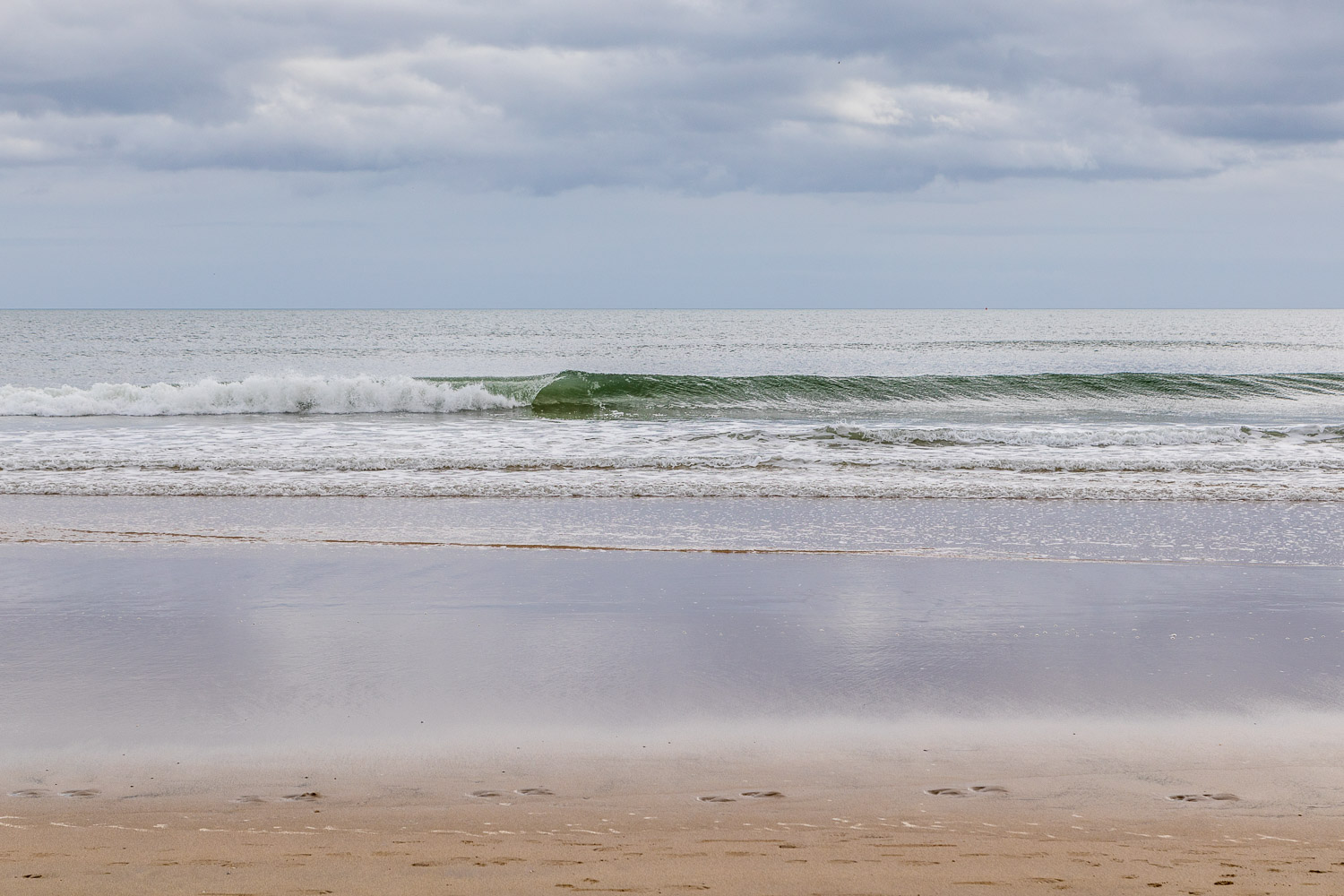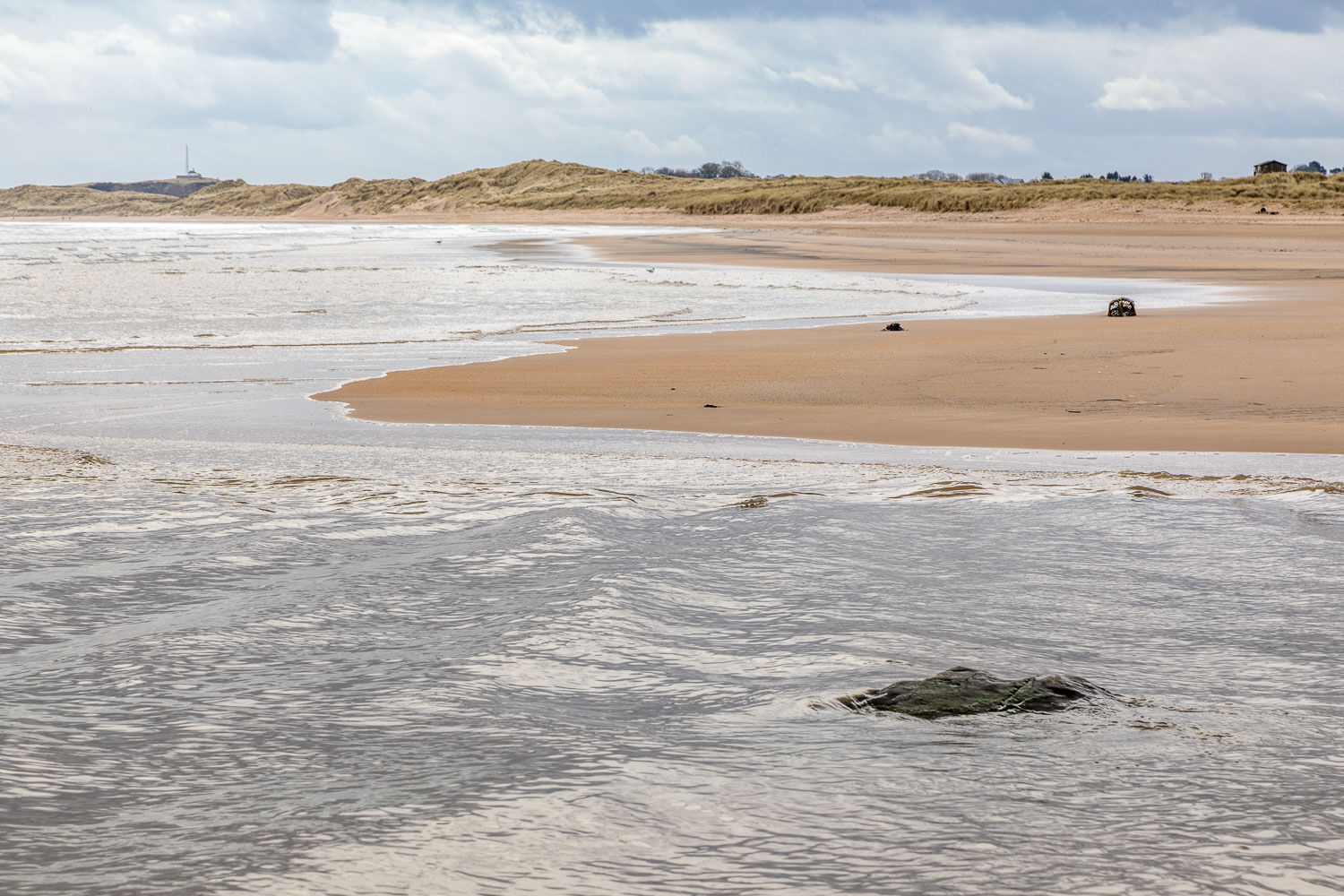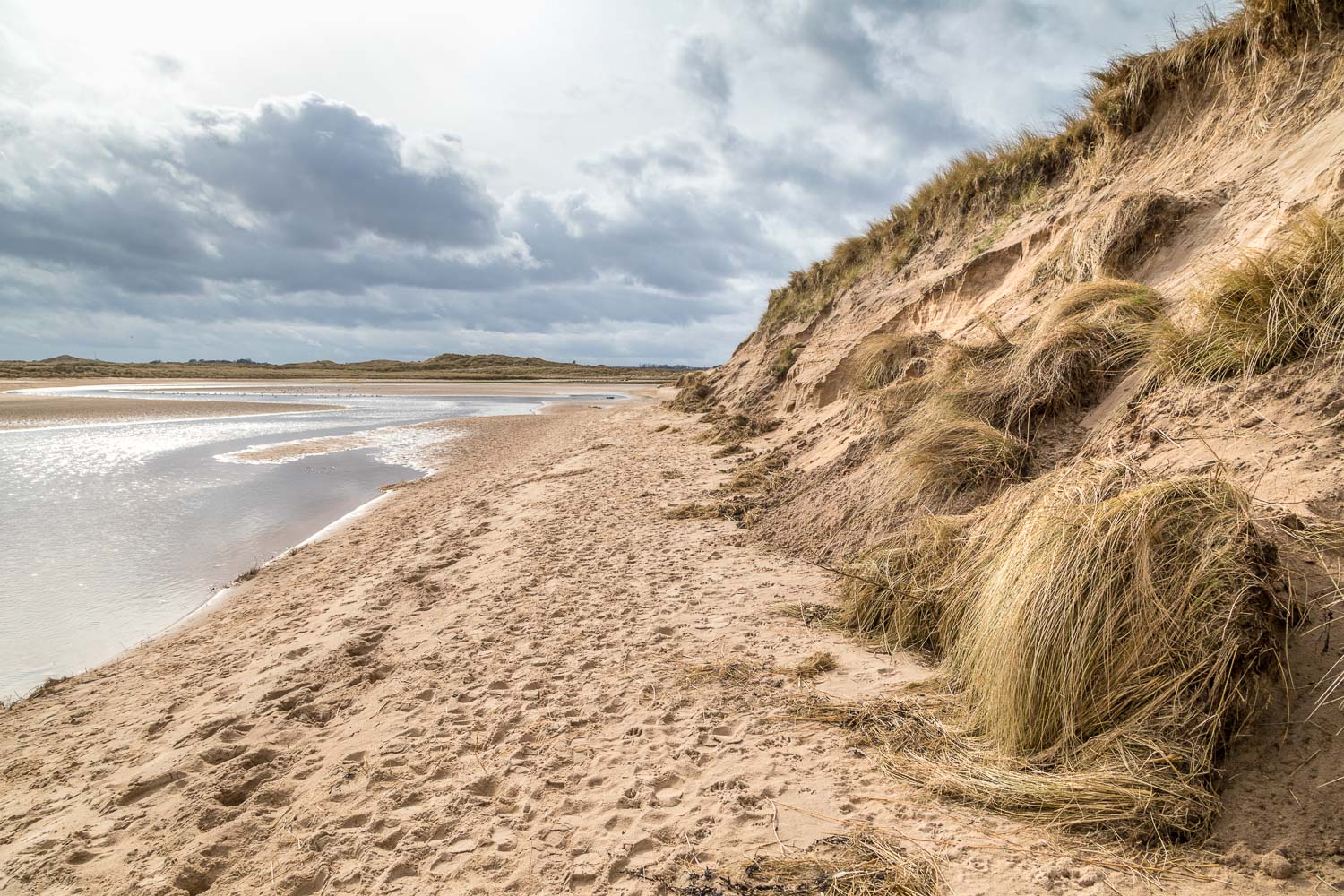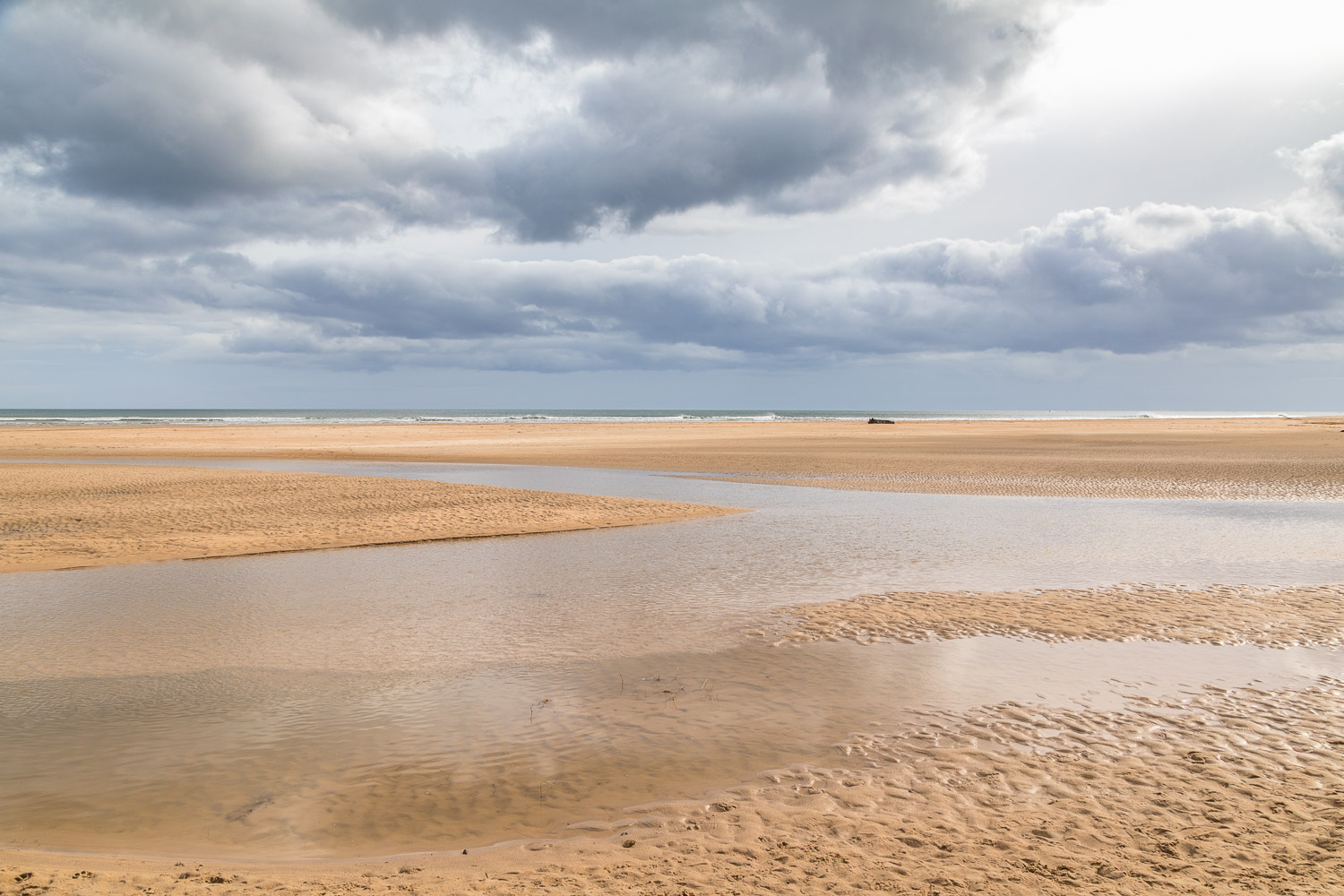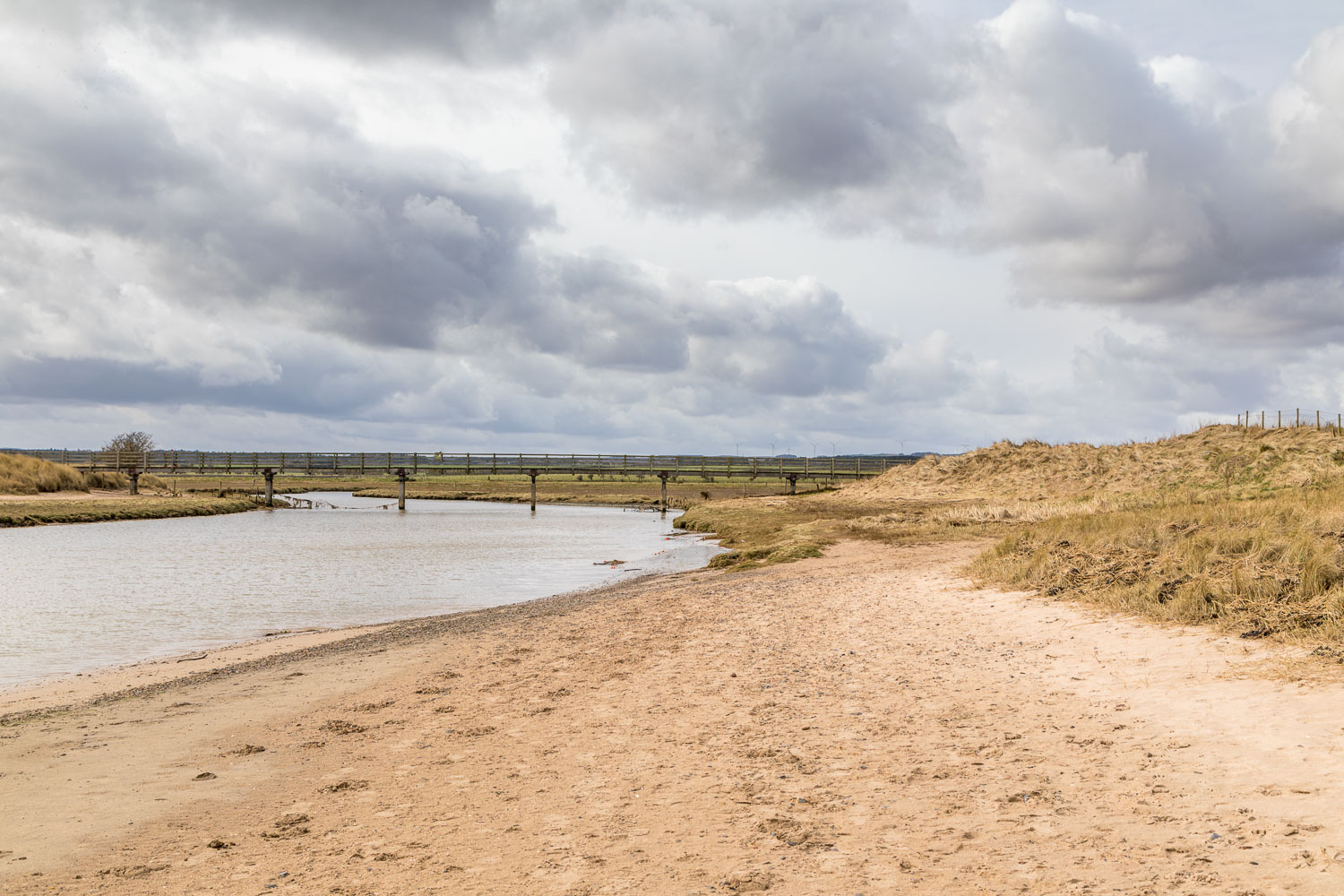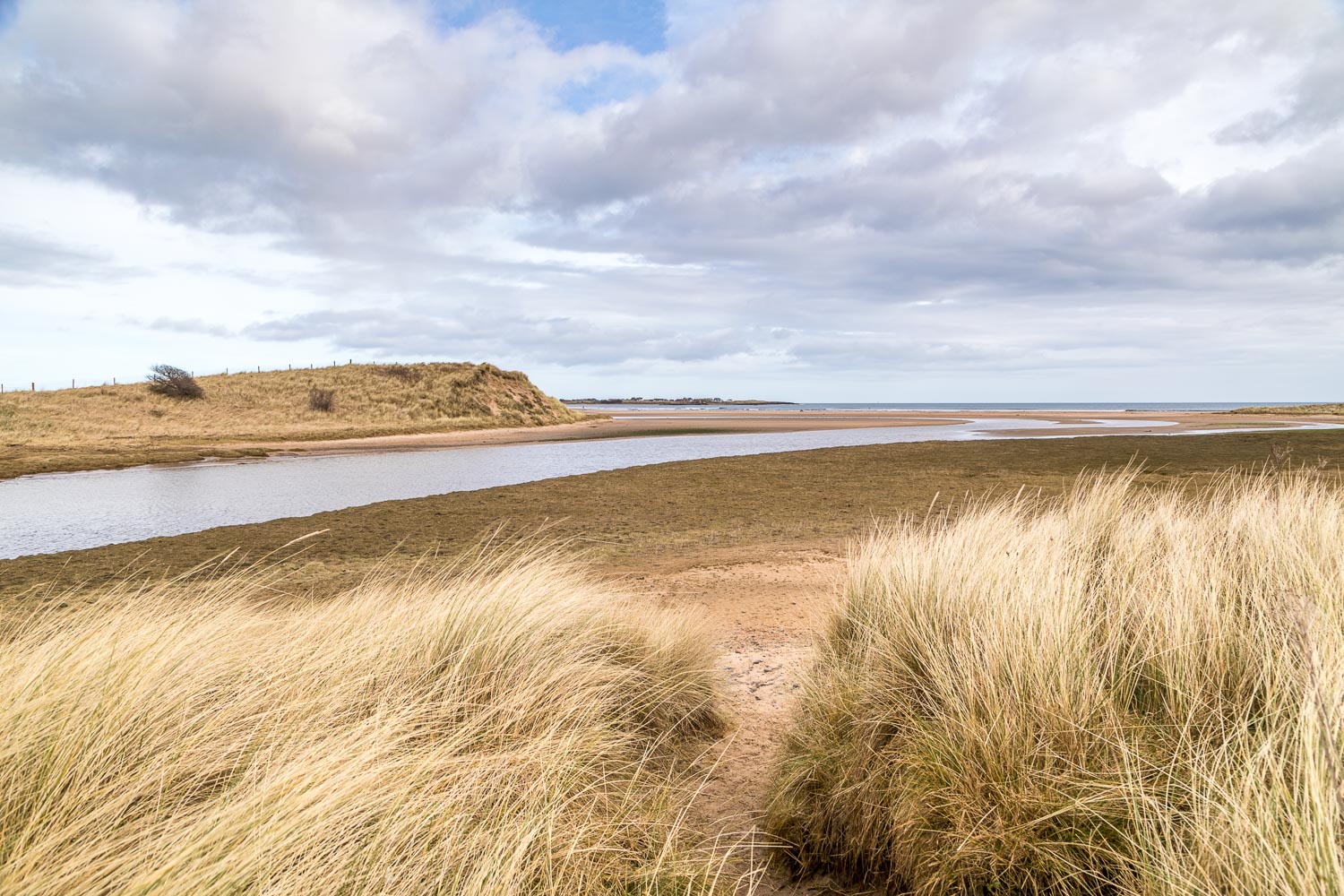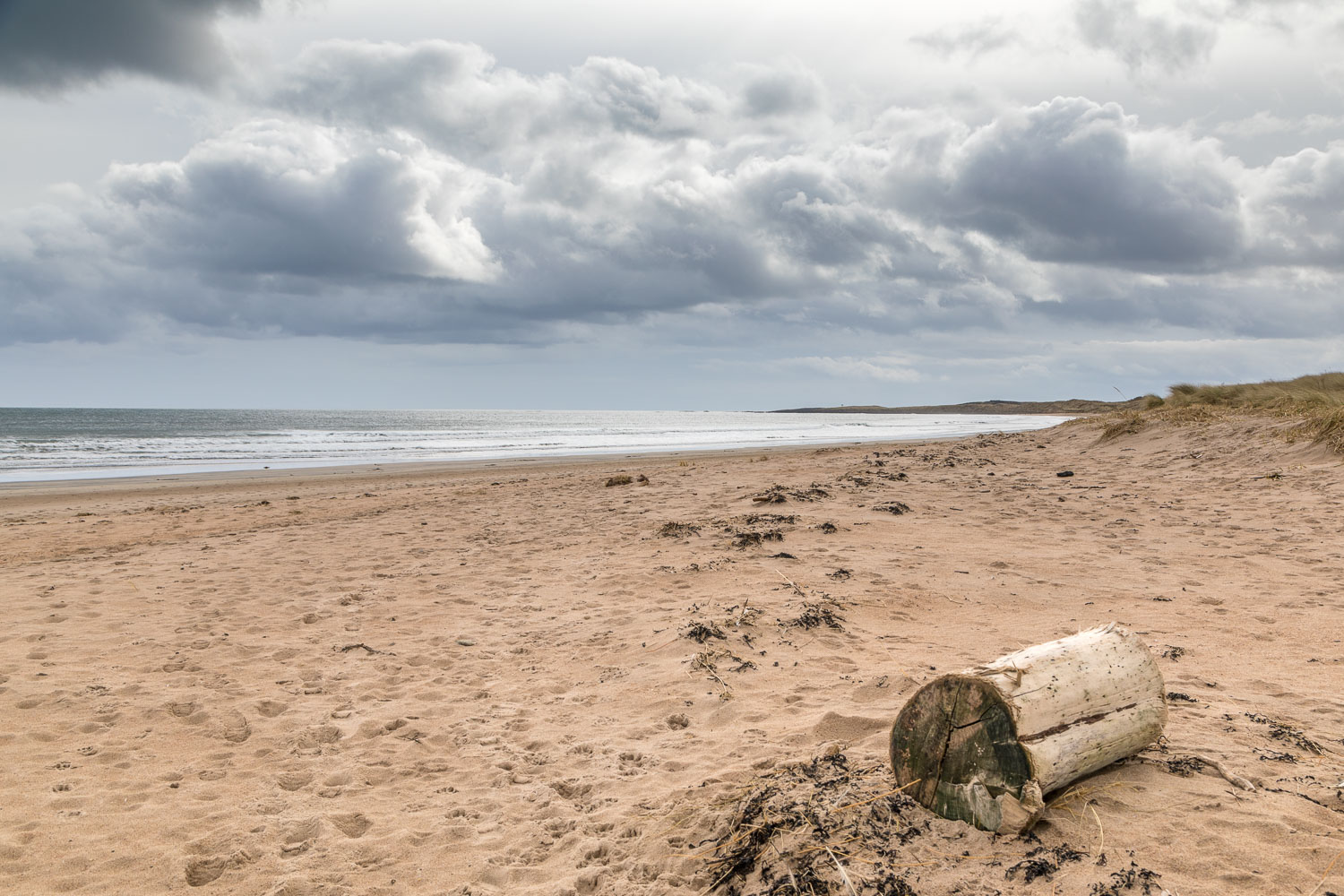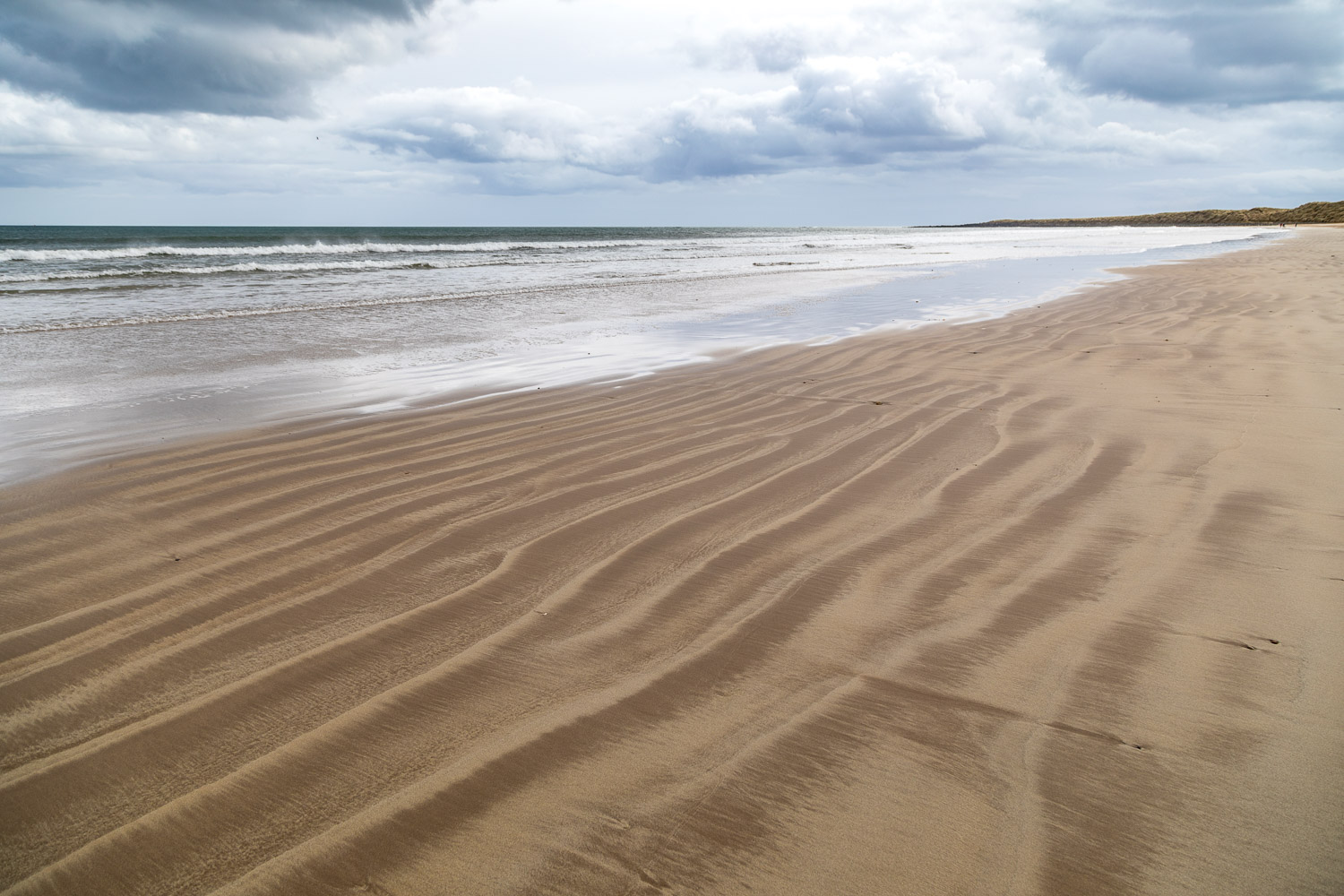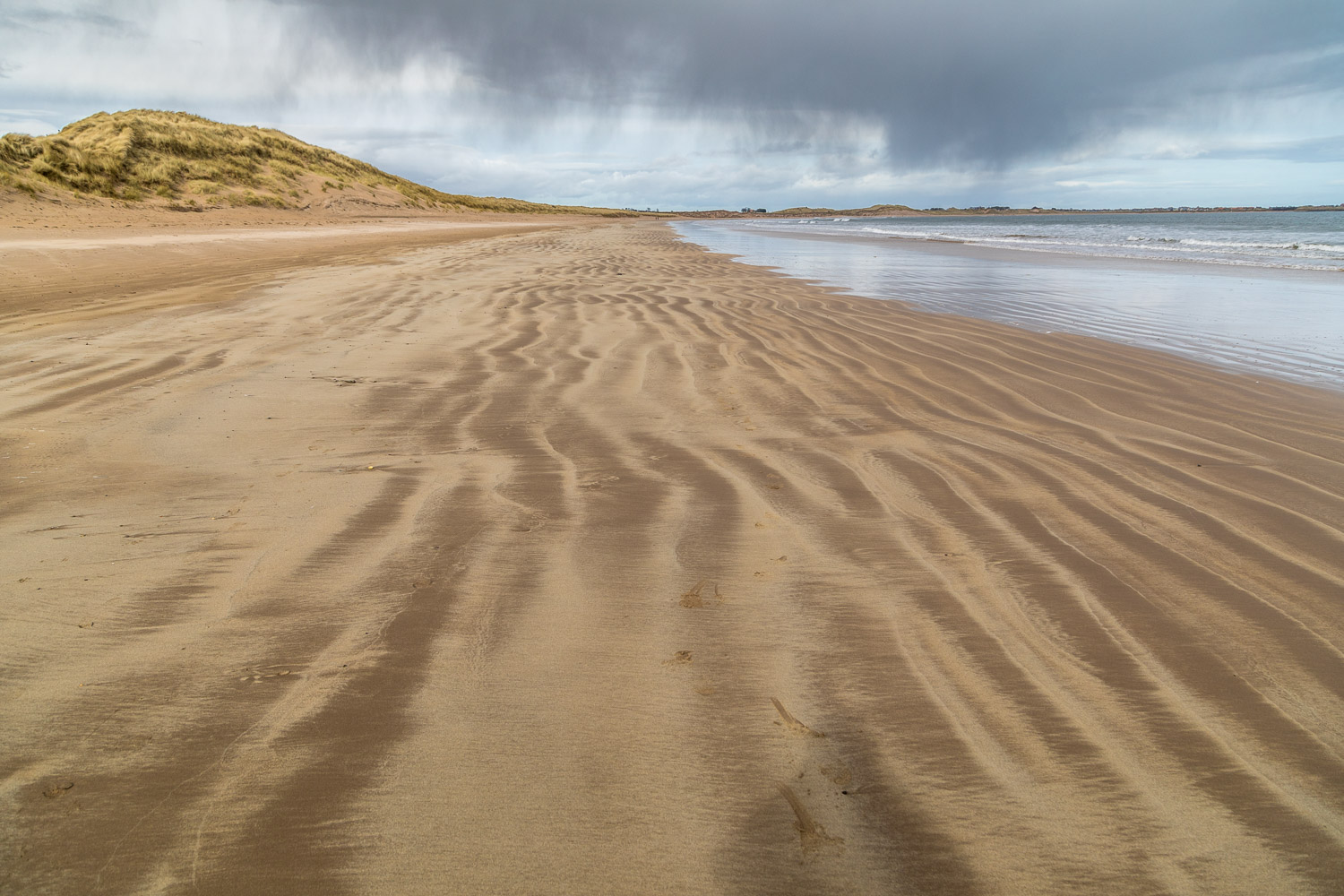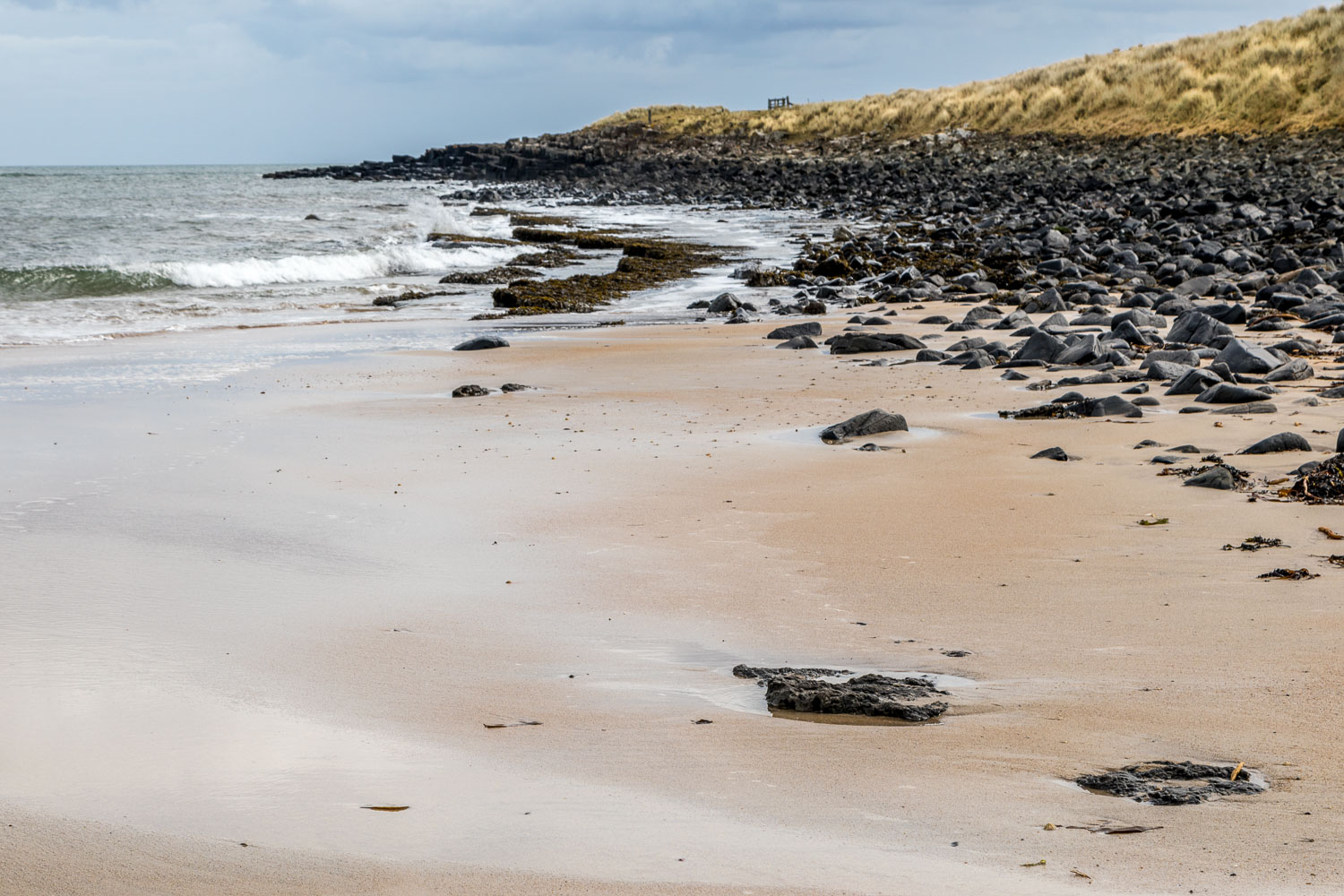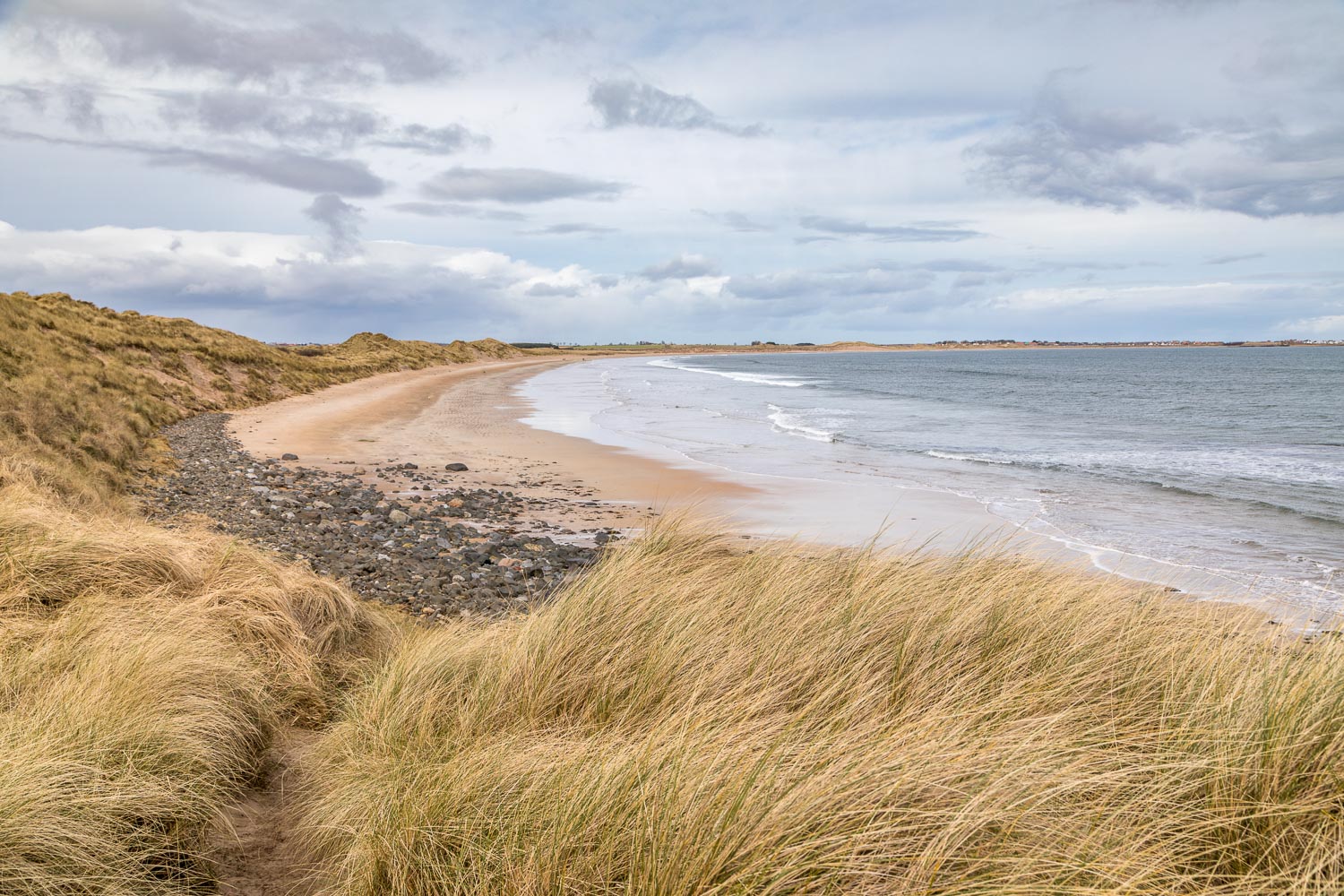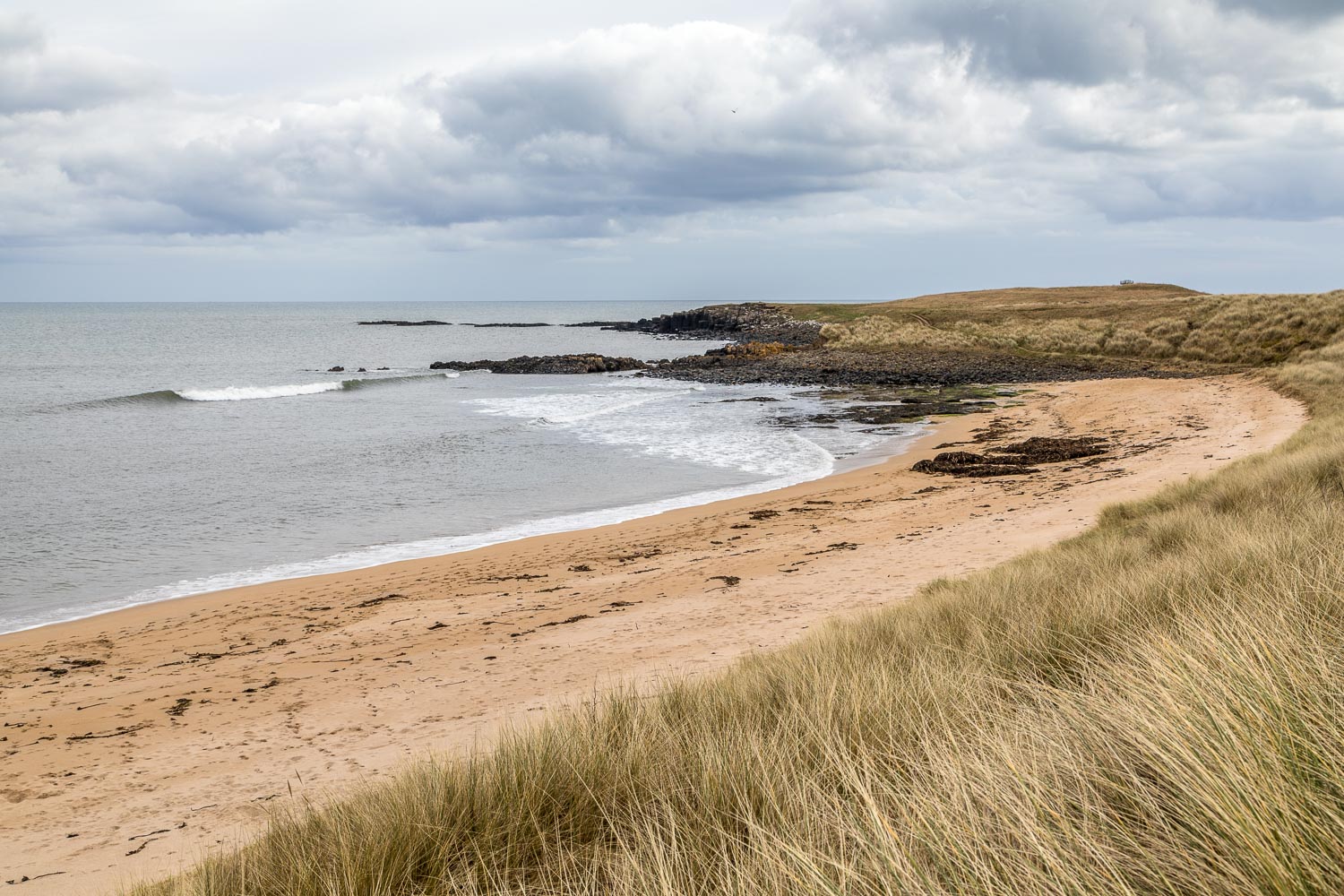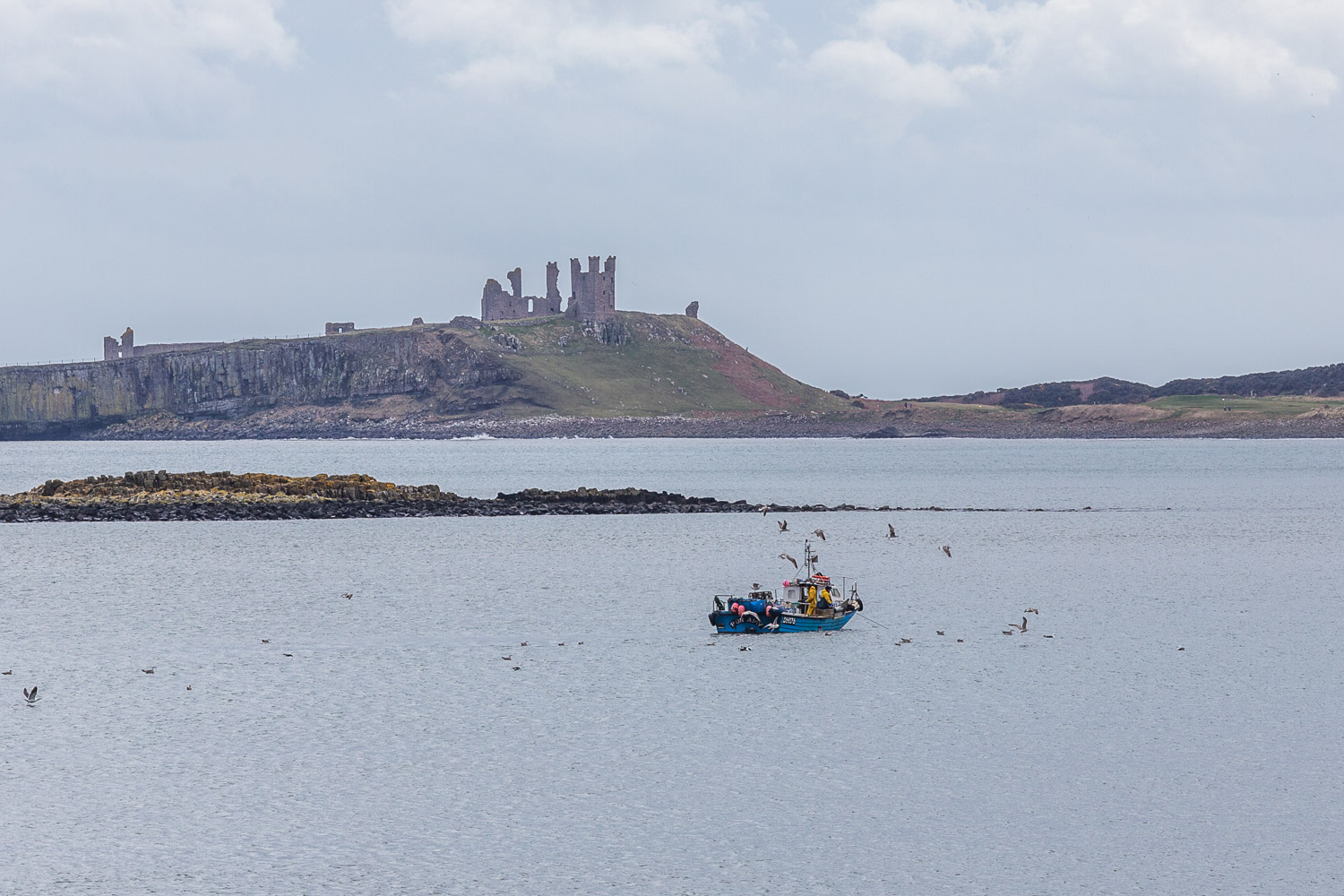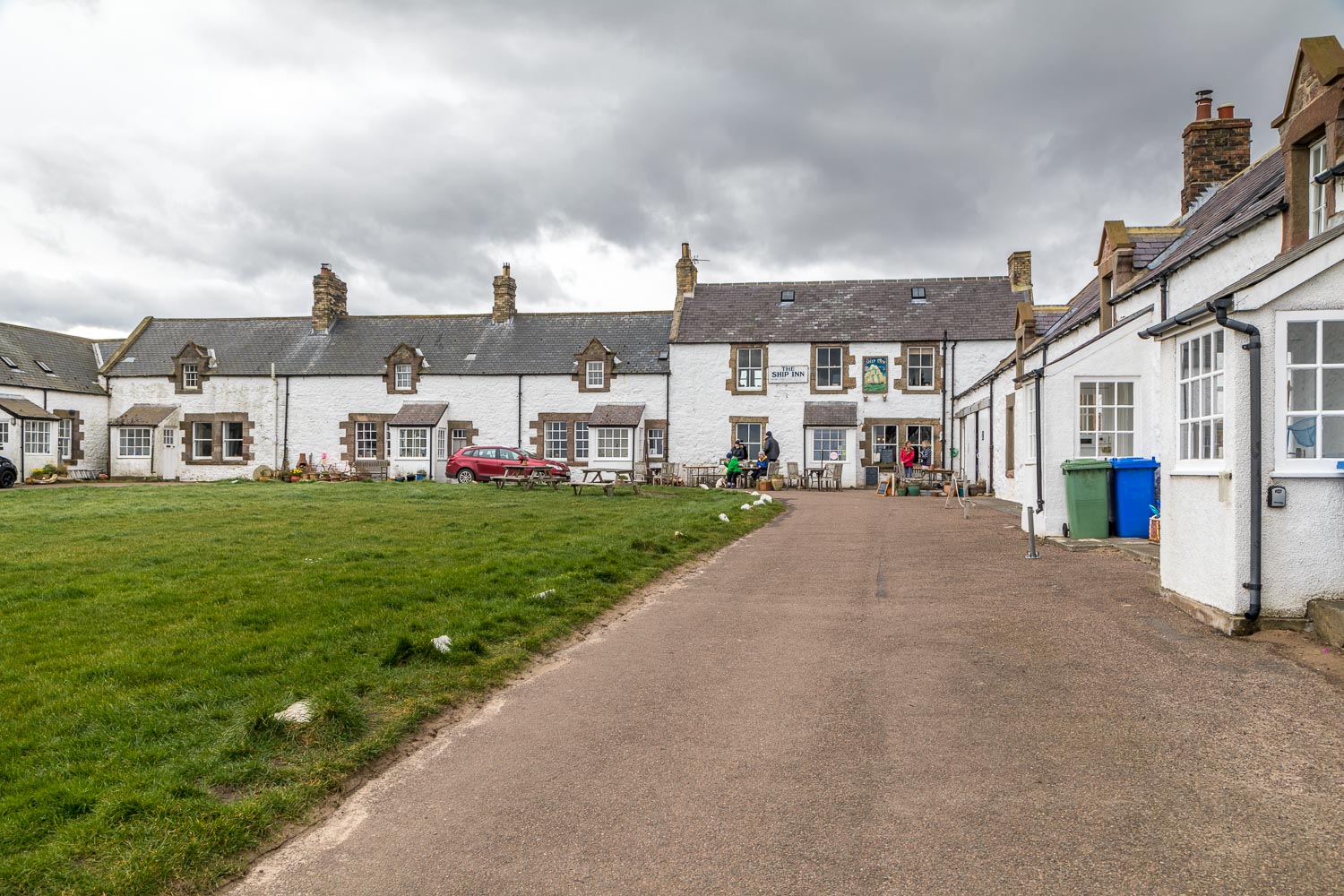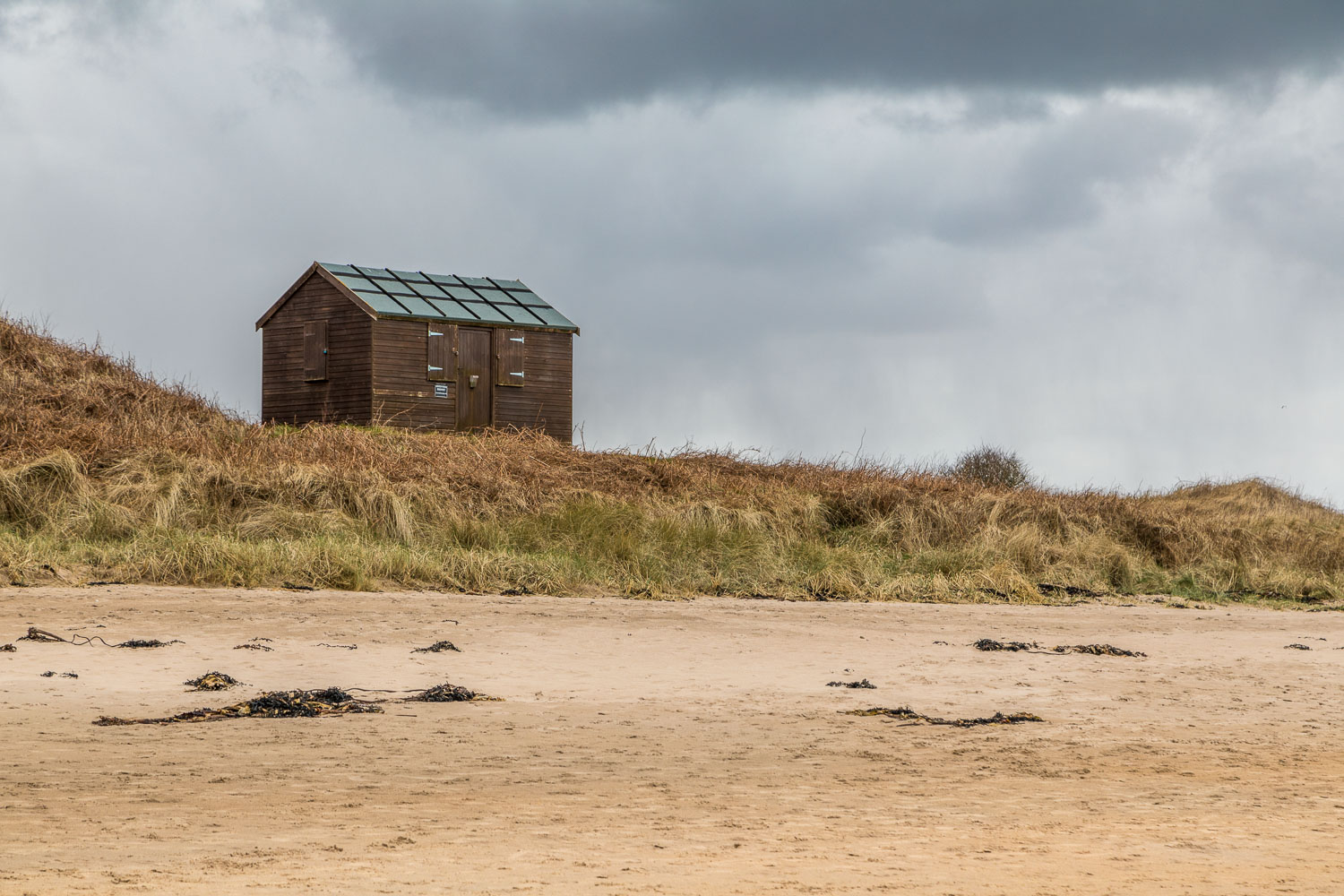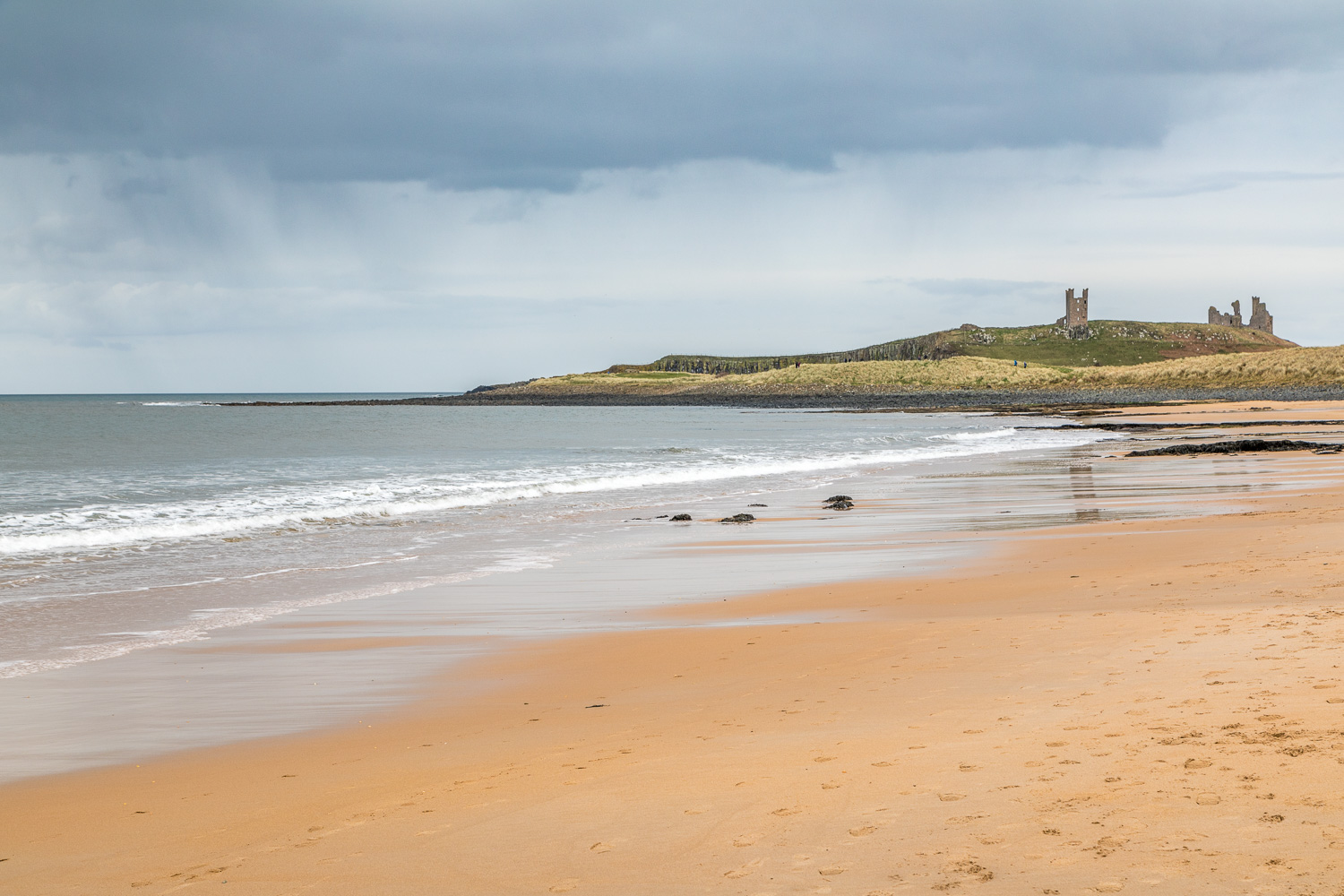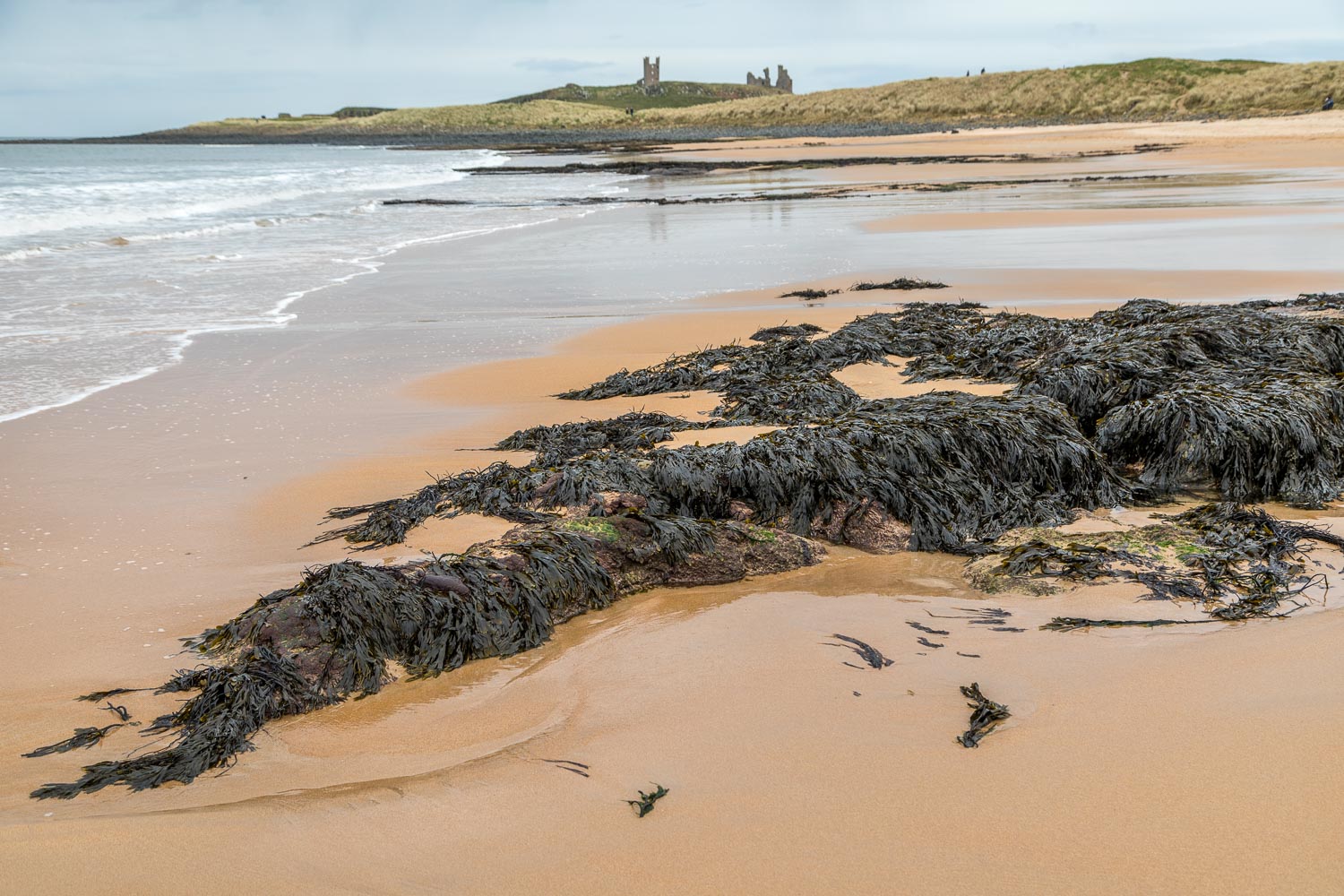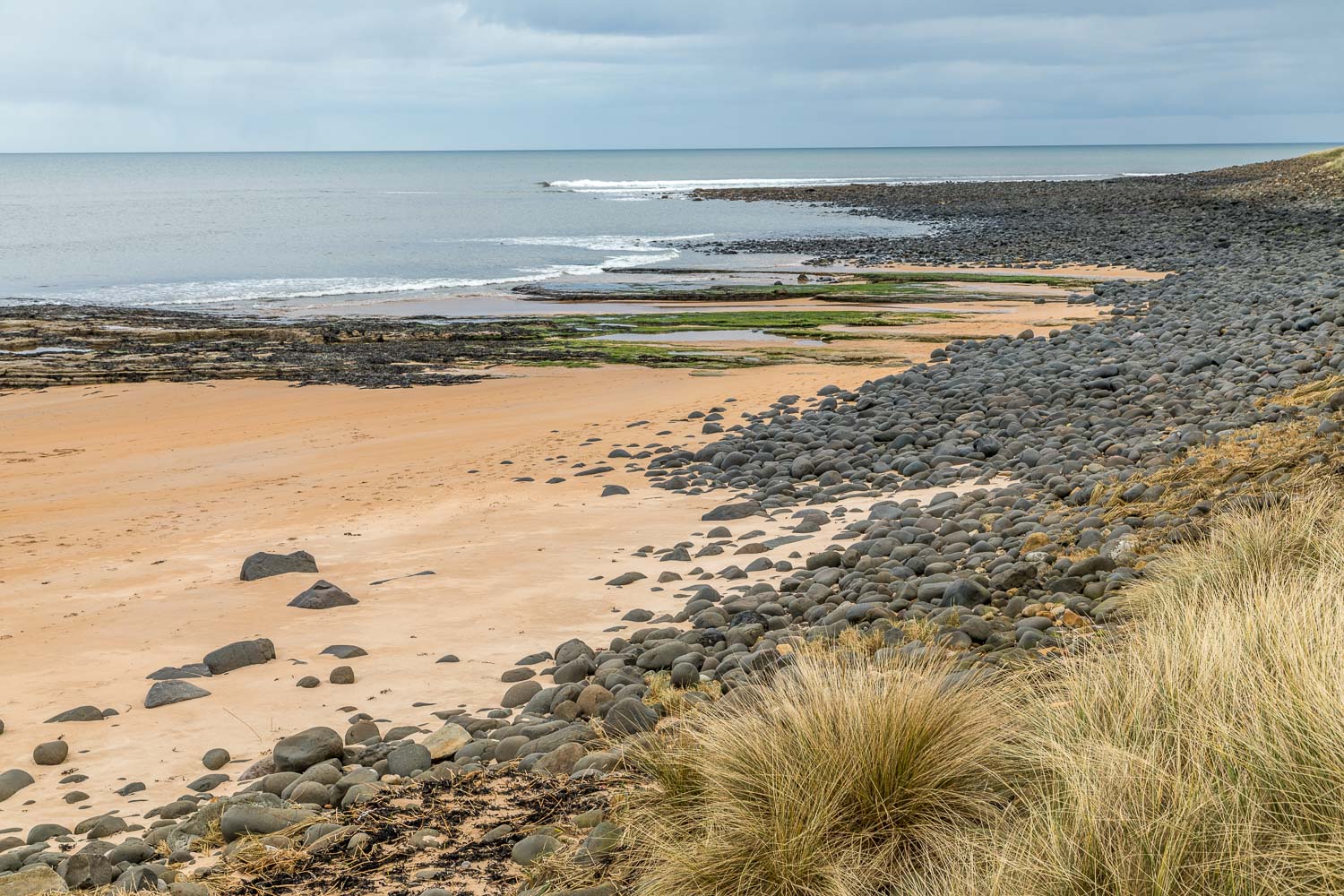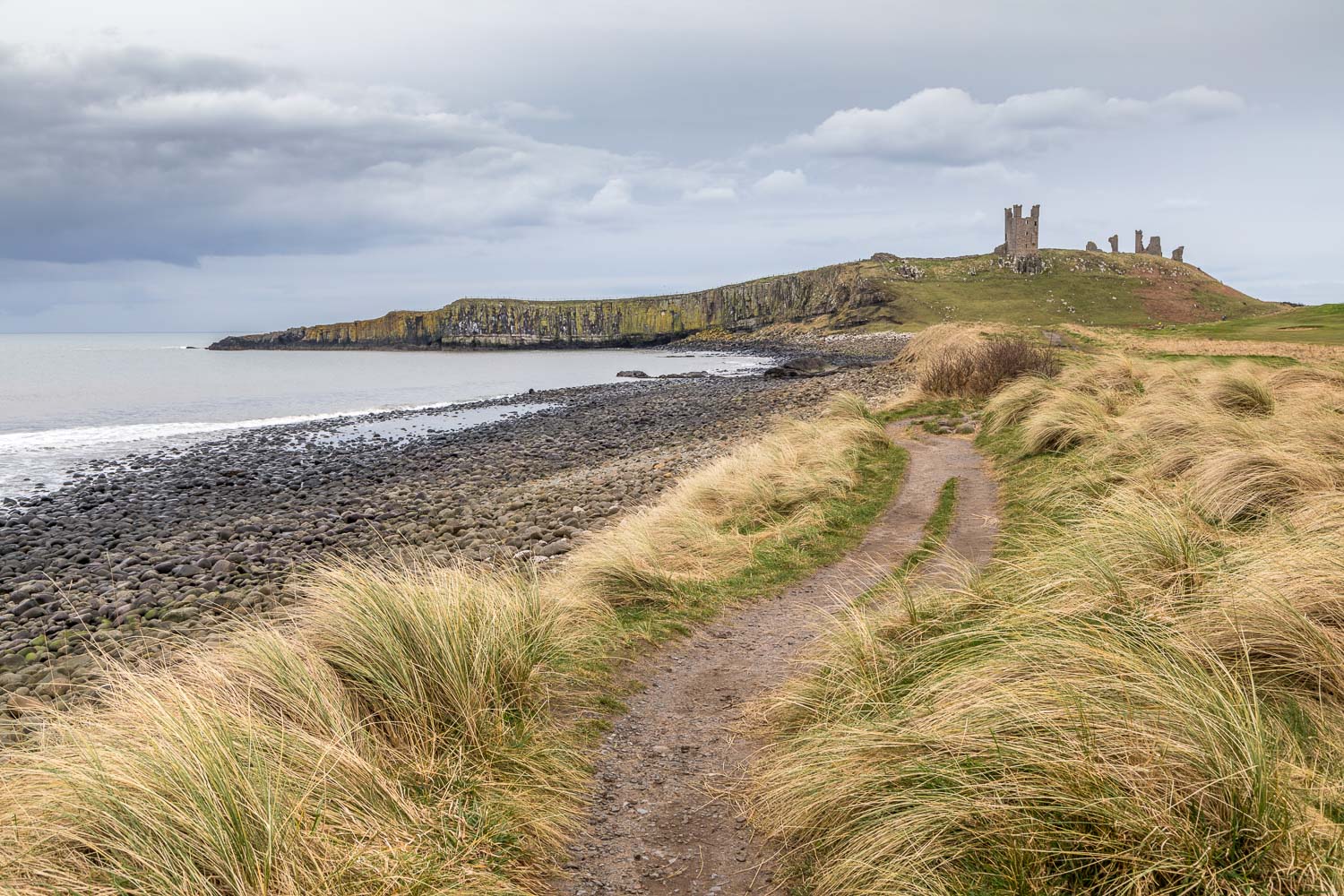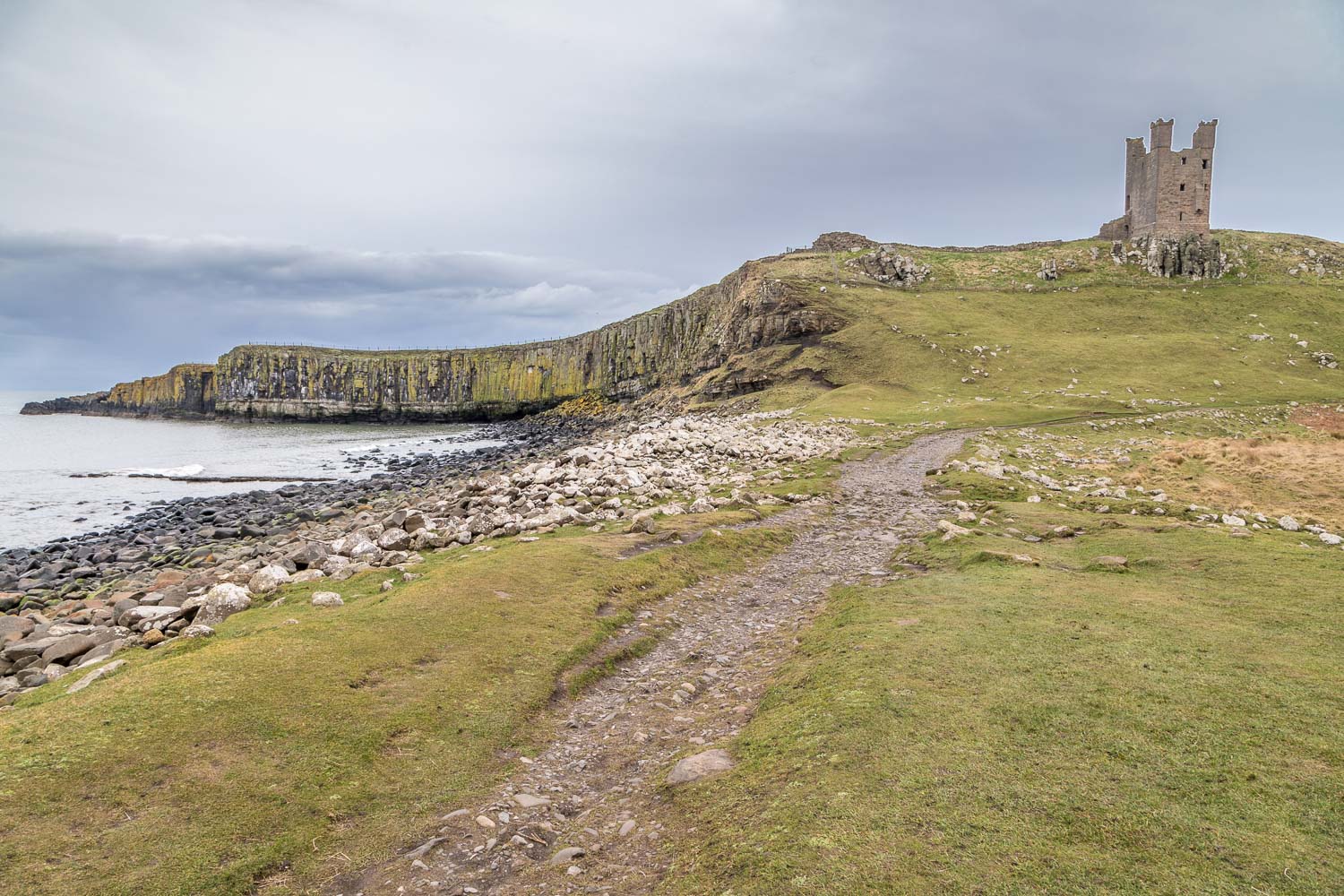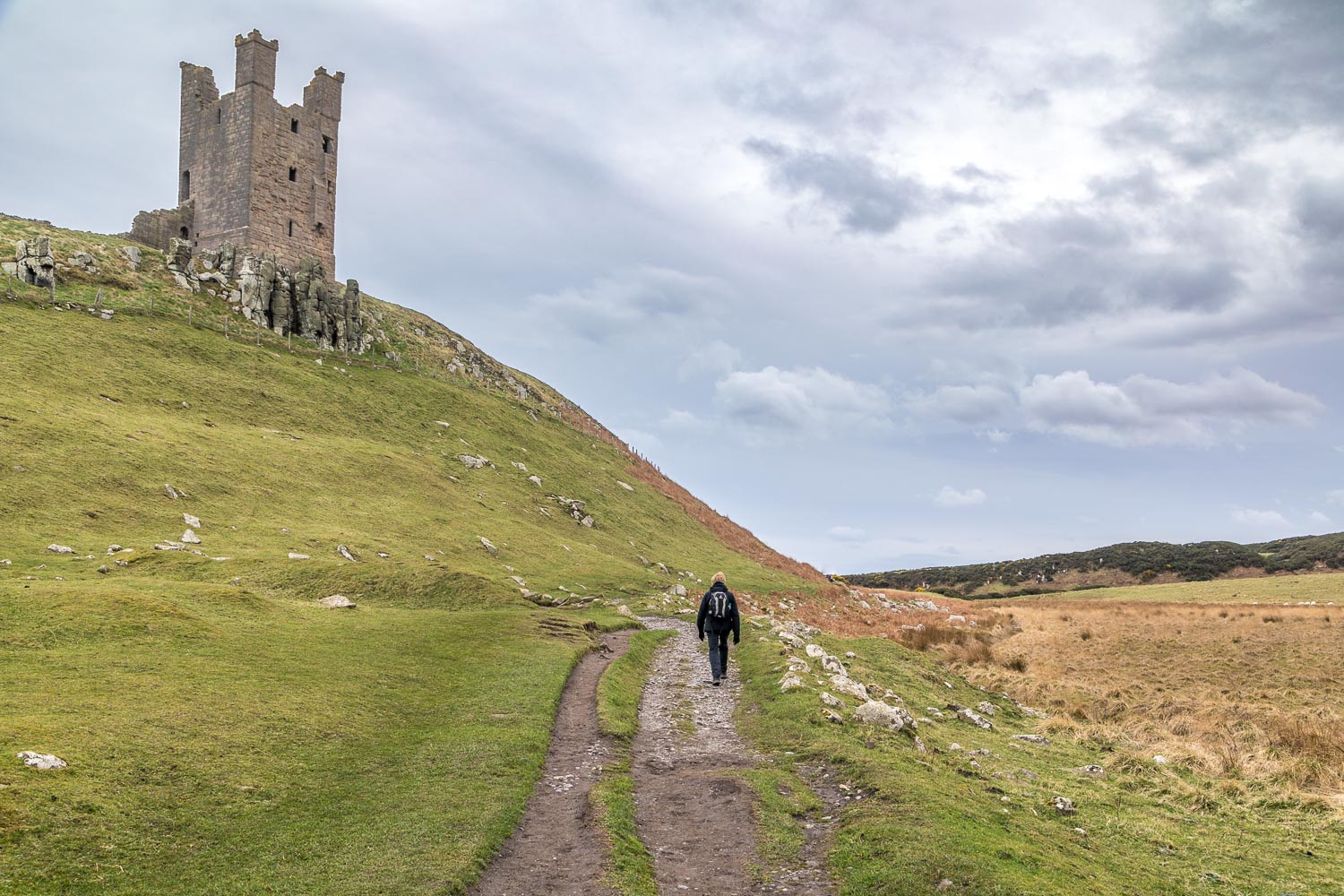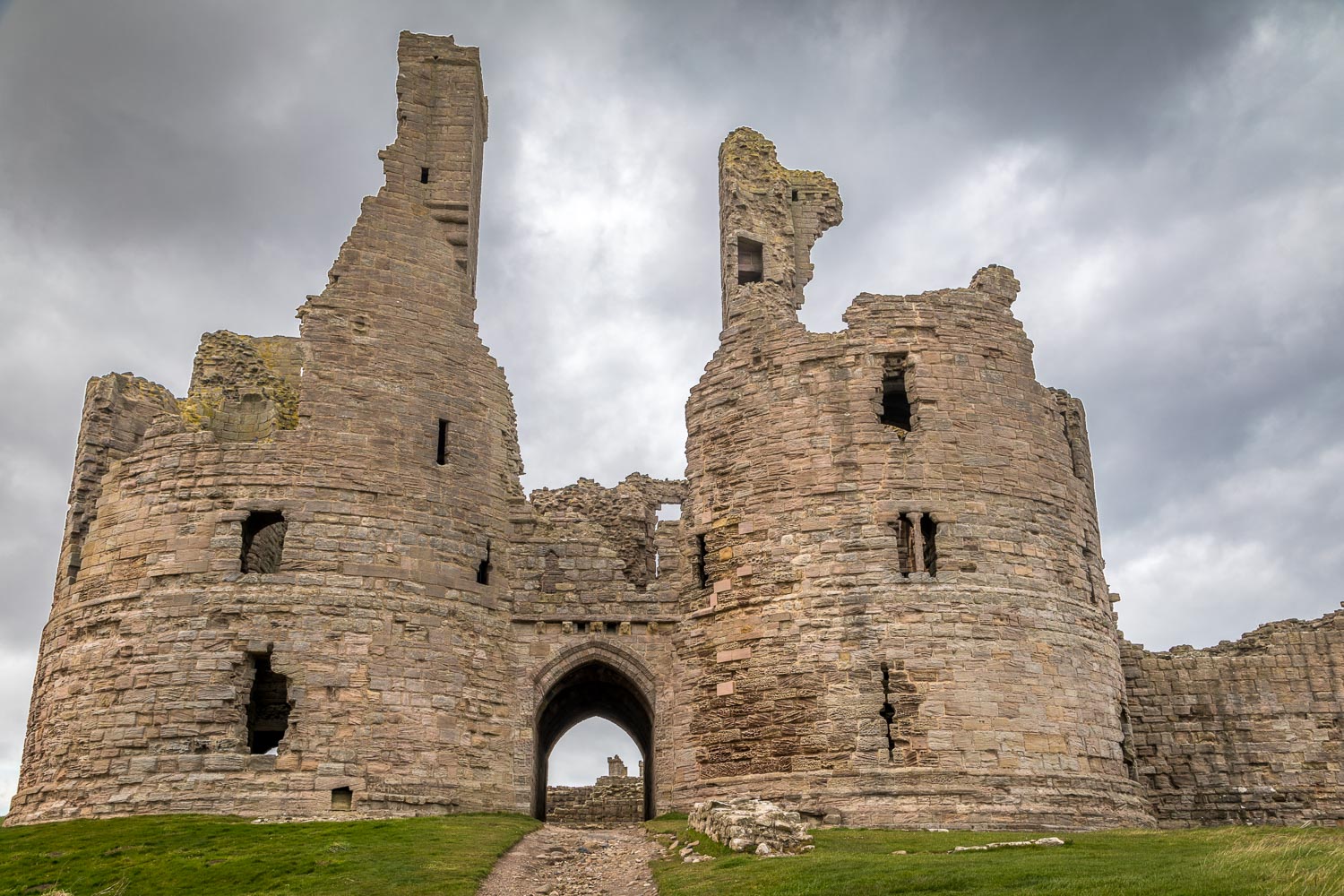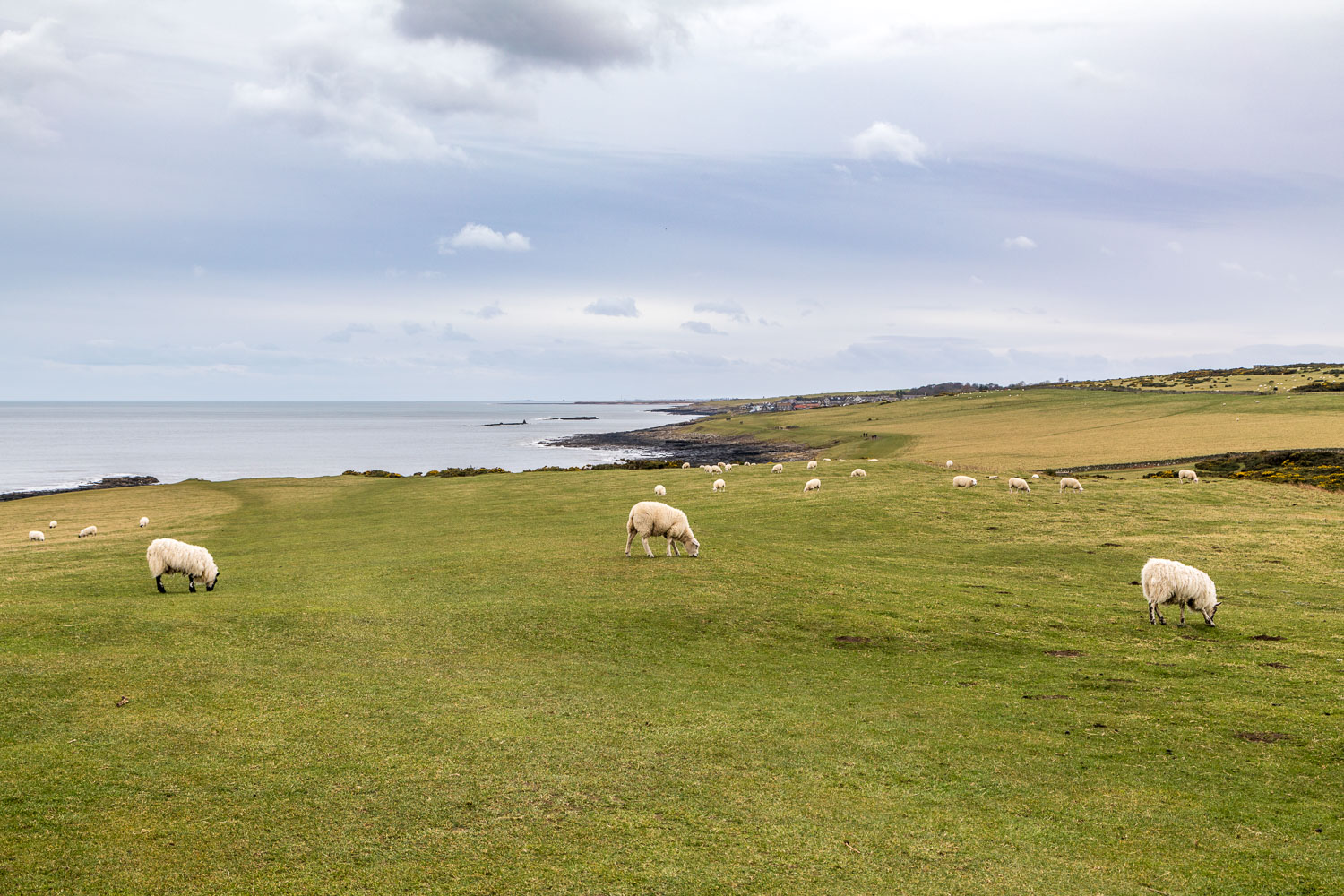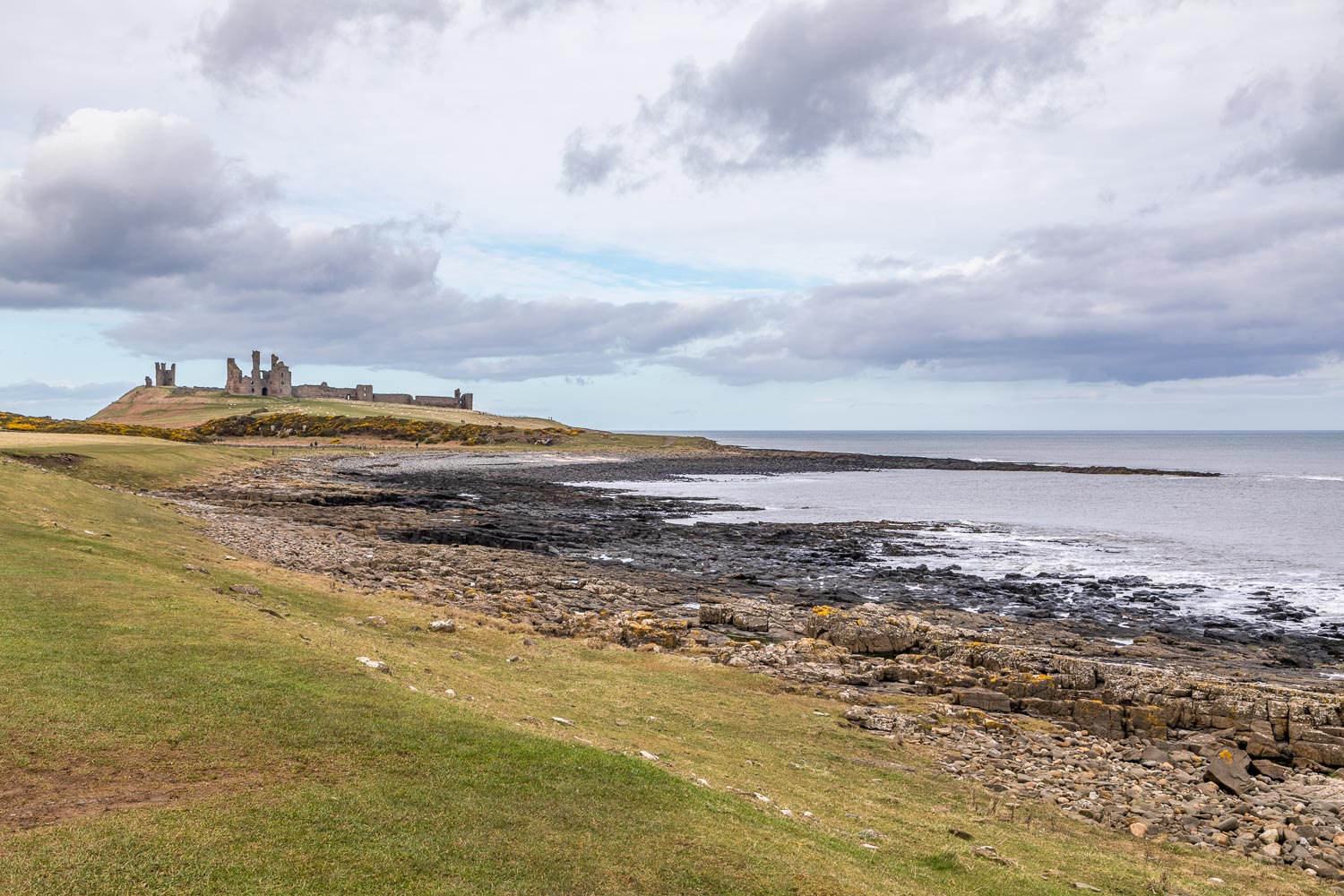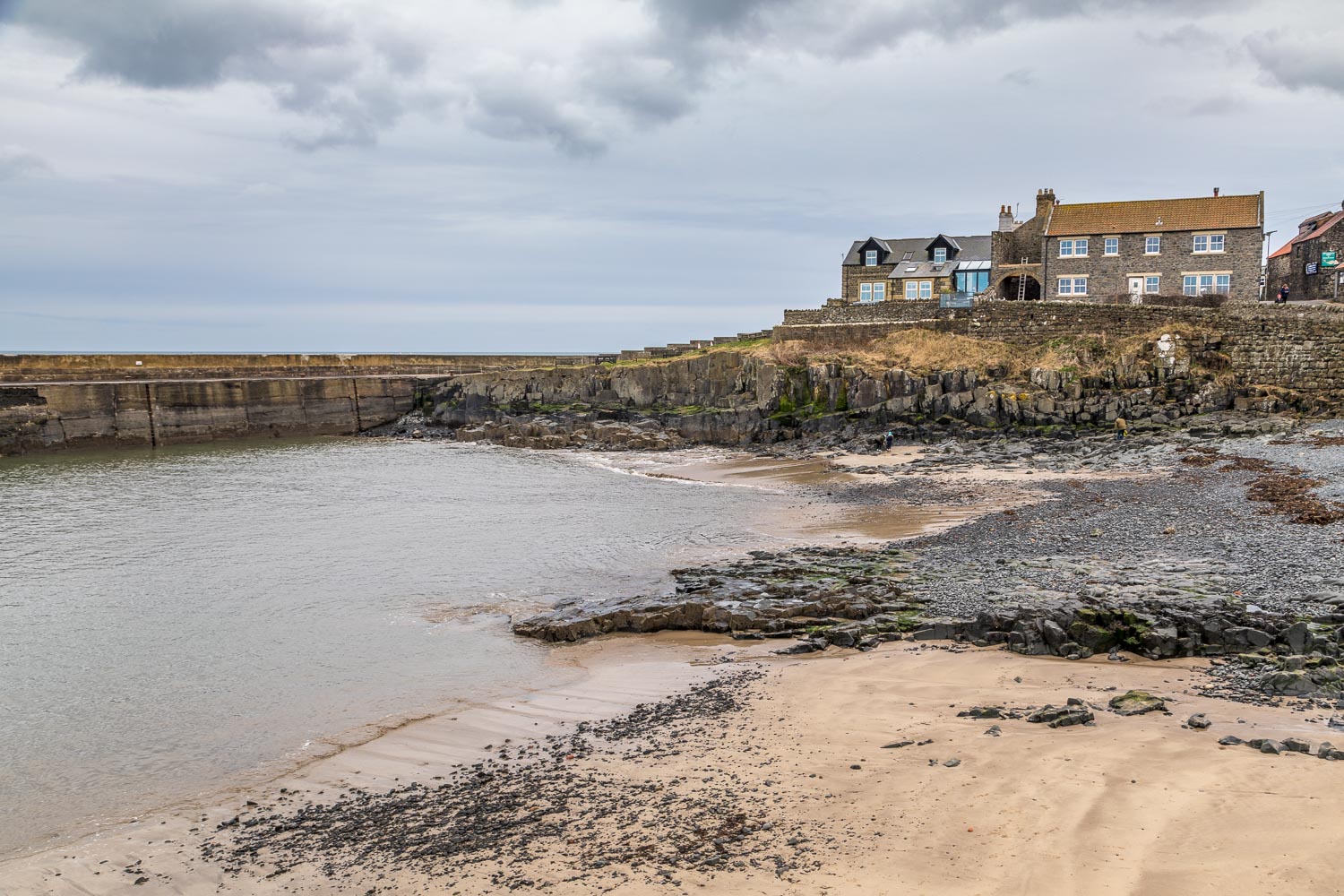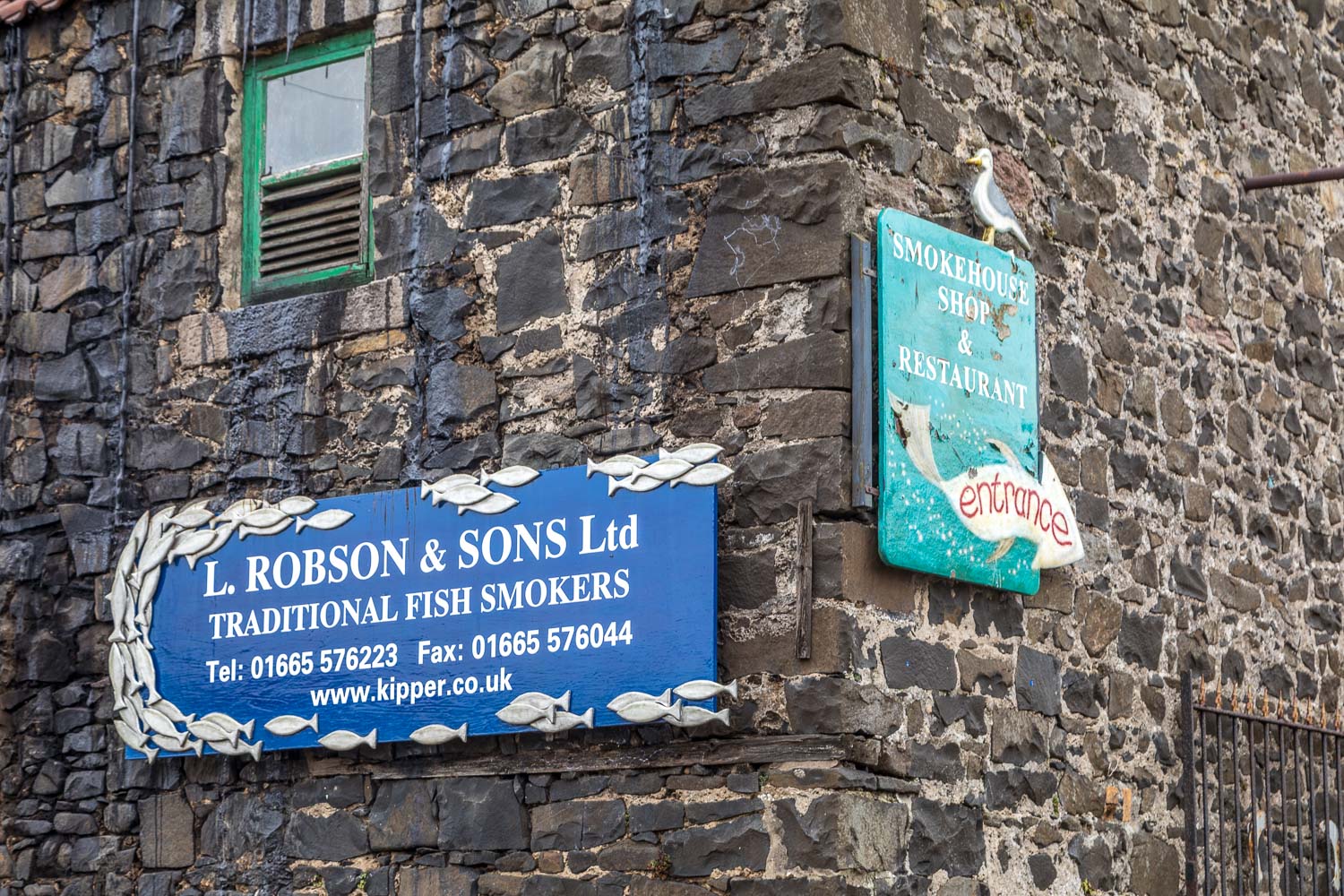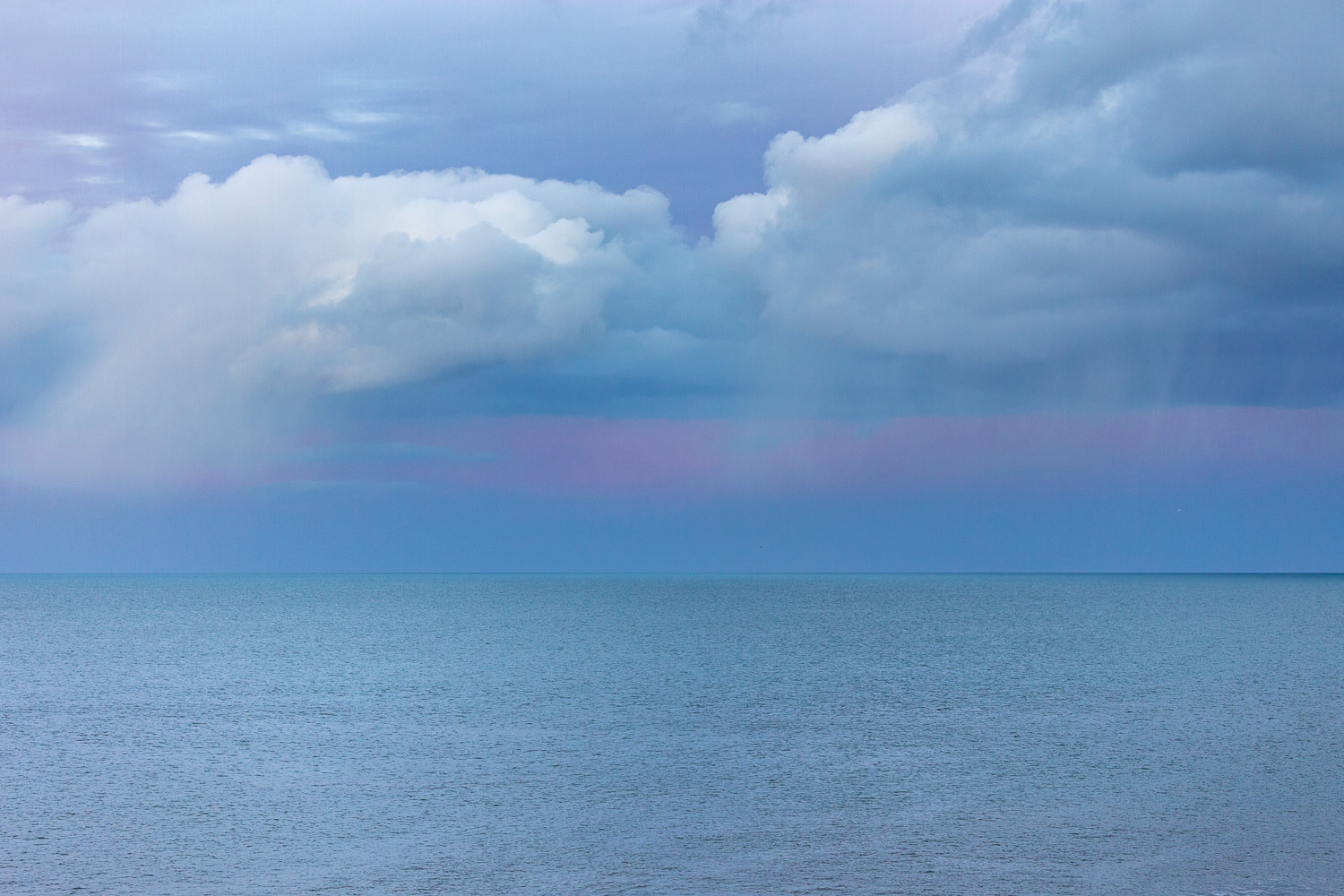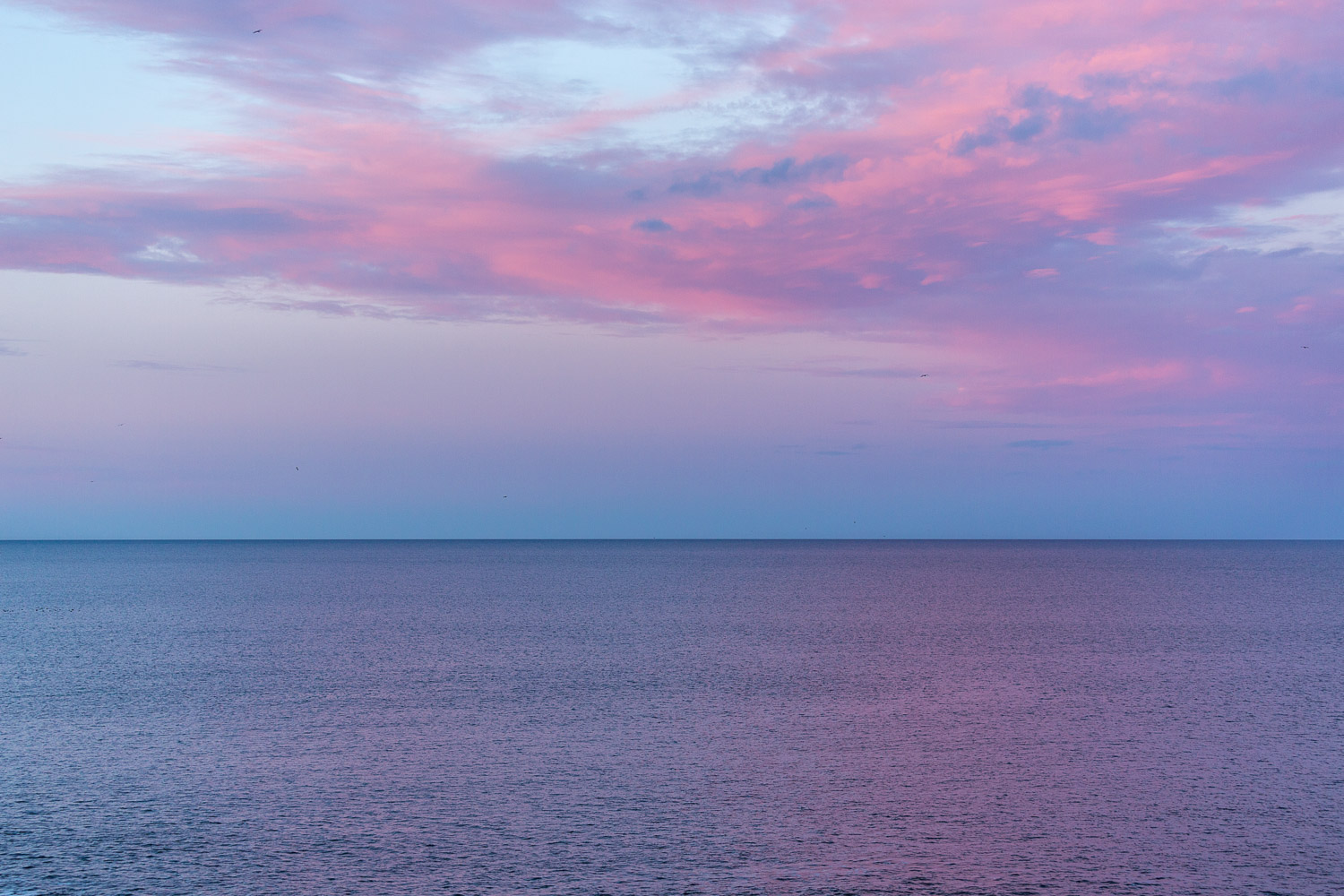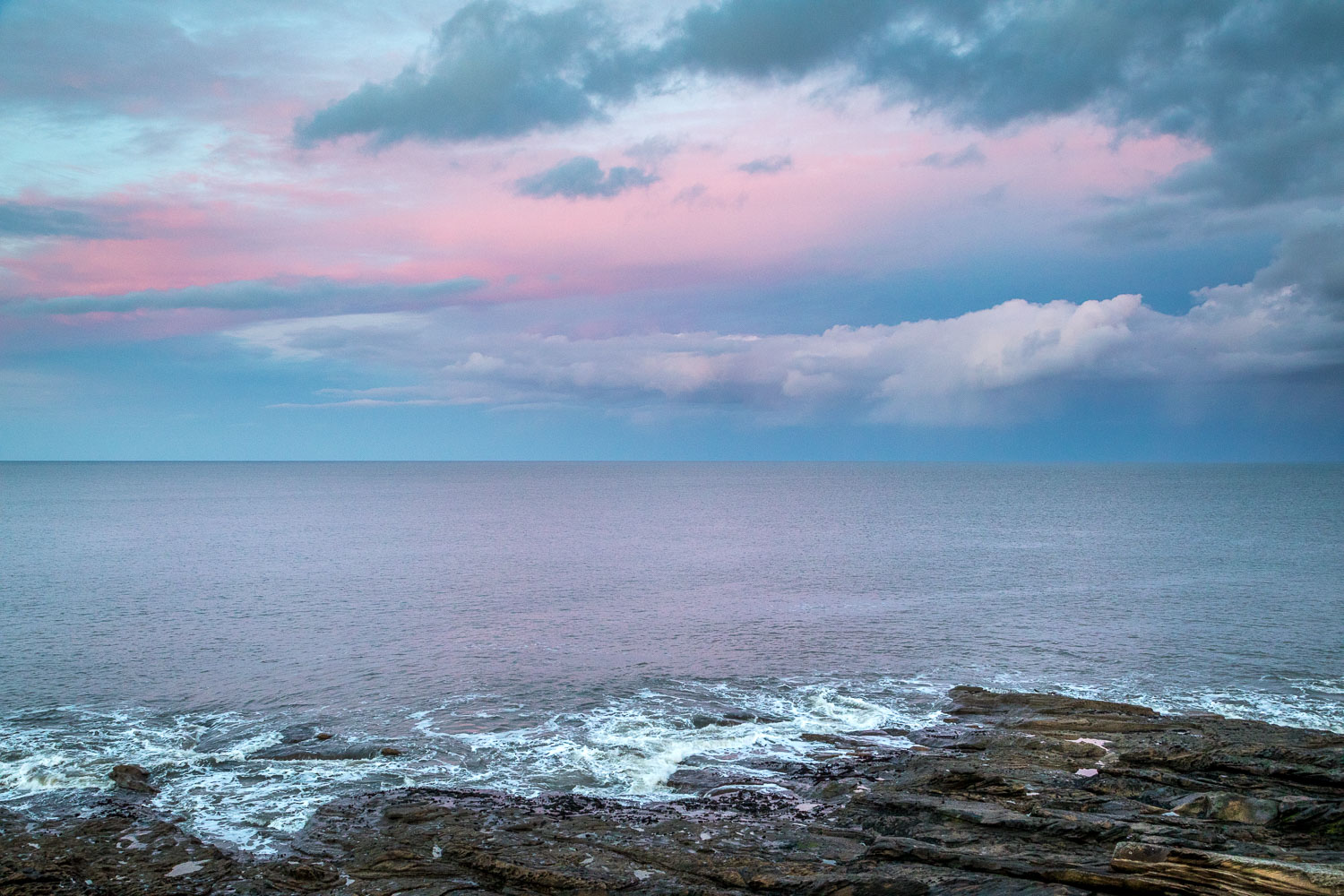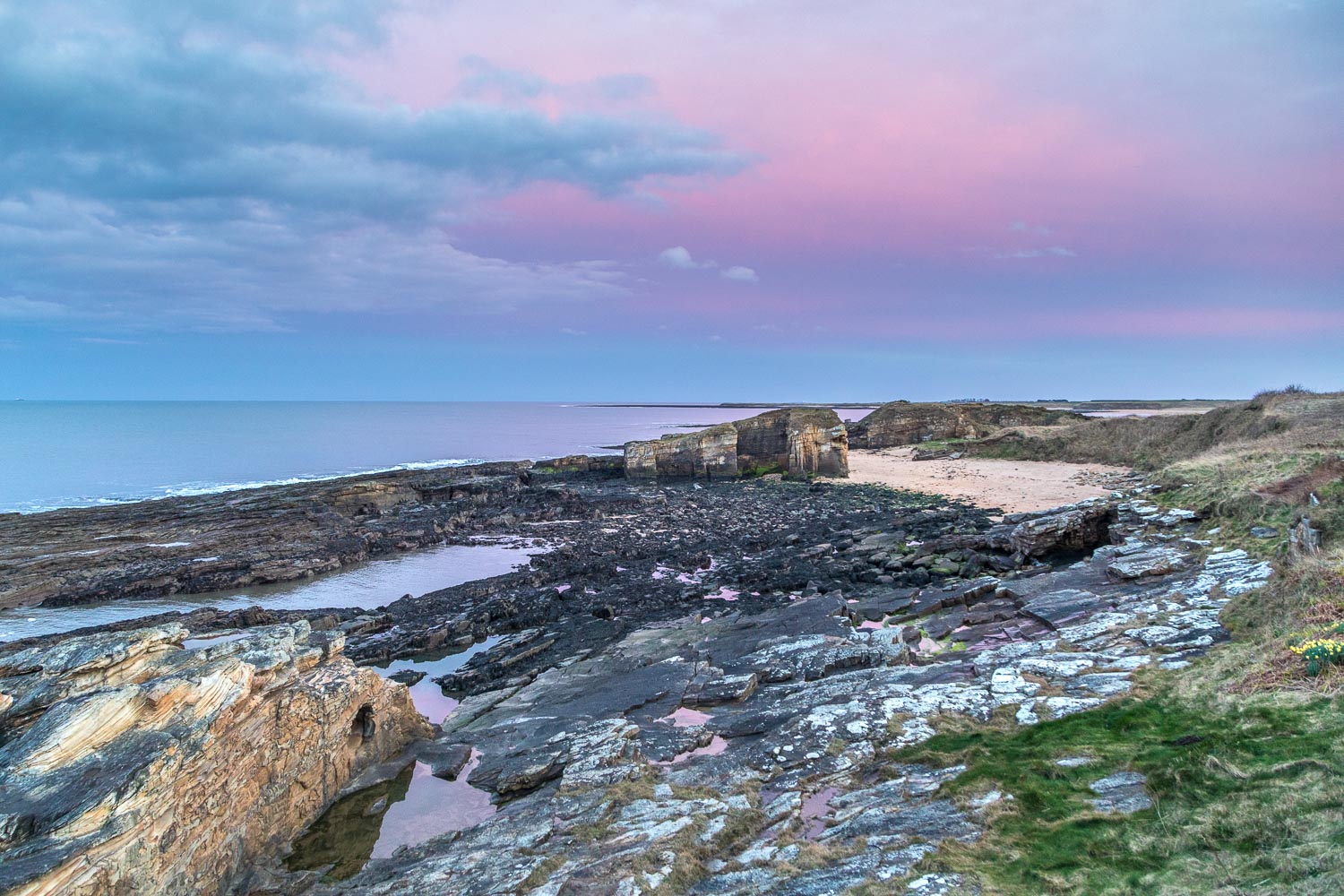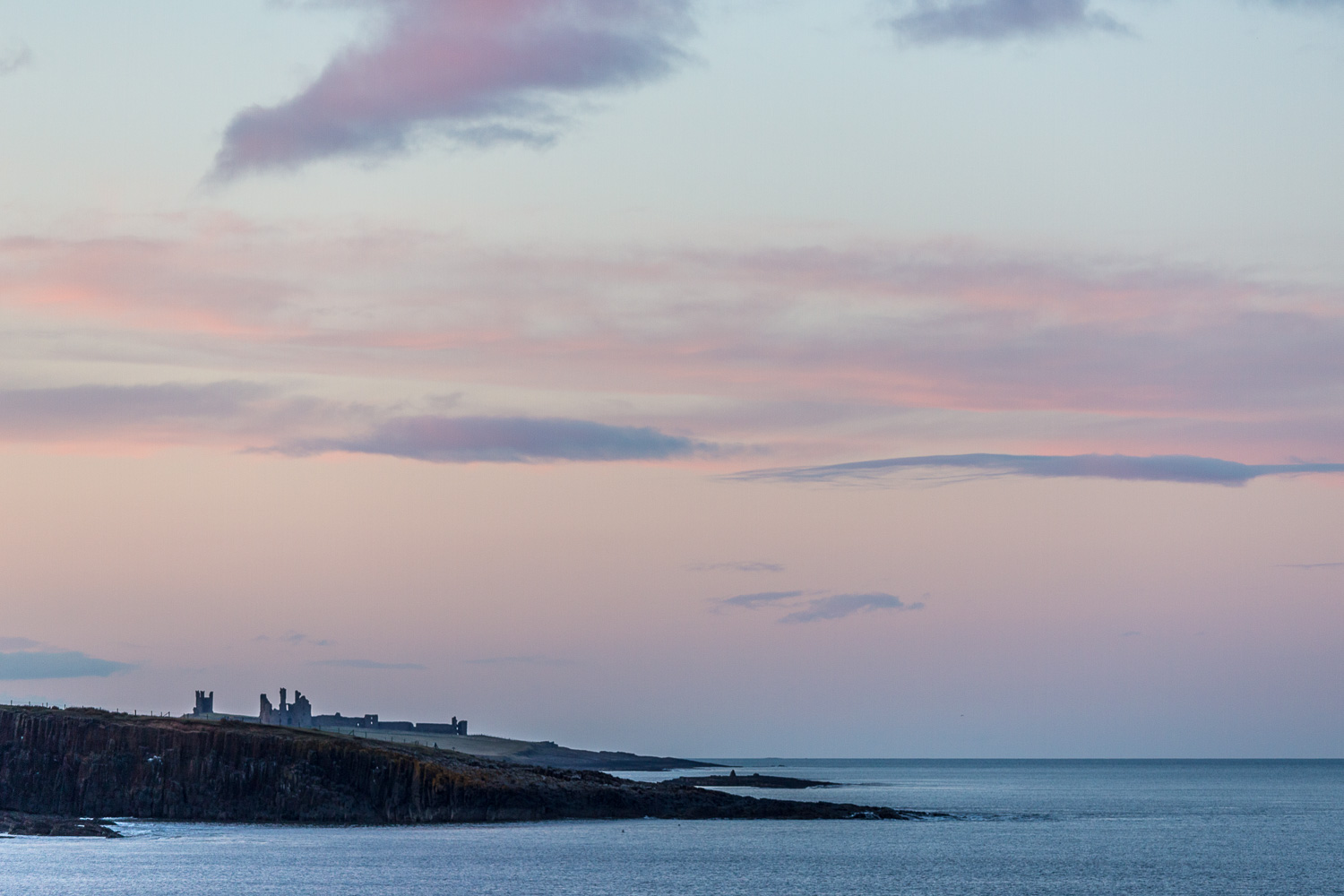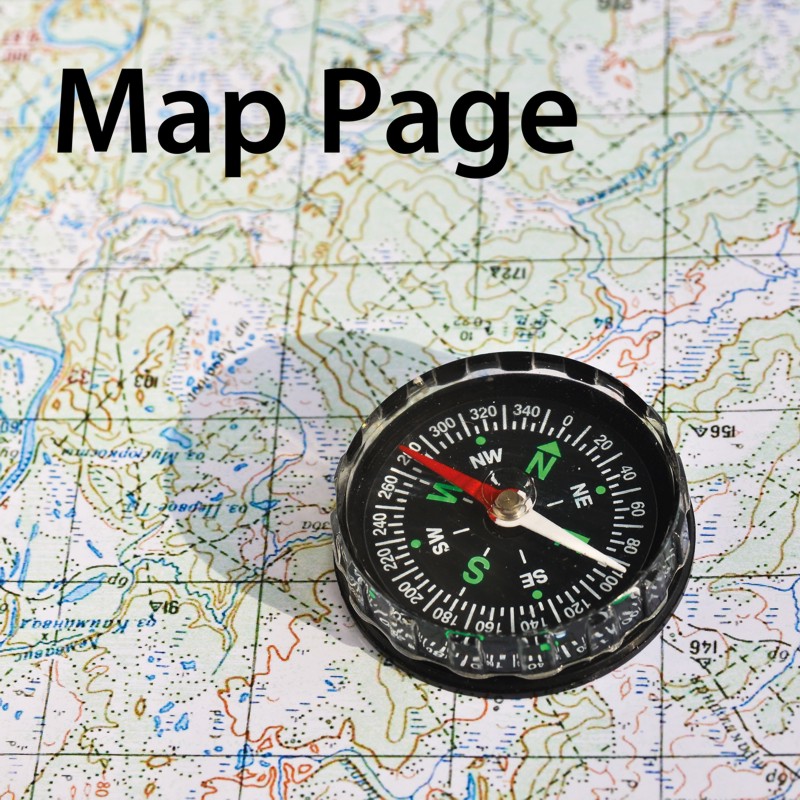Route: Beadnell to Craster
Area: Northumberland
Date of walk: 18th March 2020
Walkers: Andrew and Gilly
Distance: 9.5 miles
Ascent: 500 feet
Weather: Mostly cloudy
Today’s walk from Beadnell to Craster was a linear one, and to make that possible we parked the car in Craster and caught the 9.34am bus to Beadnell, further north along the Northumberland coast. For anyone who prefers a shorter walk, the bus also stops at Embleton and High Newton-by-the-Sea
After alighting from the bus in Beadnell we walked through the village to the harbour and the old lime kilns. From here we descended to the beach. The OS map shows a public footpath further inland, but we preferred to walk along the golden sands, which stretched ahead of us for miles
We turned inland briefly when we reached Long Nanny, a burn which flows inland from the moors, but after crossing the footbridge we were able to continue our journey across the sands. After passing by Snook Point and Football Hole we arrived in the little village of Low Newton-by-the-Sea, where we had refreshments at the excellent Ship Inn. From here we walked across the beach of Embleton Bay, with ever improving views of the stark outline of Dunstanburgh Castle ahead of us. The castle was built by Earl Thomas of Lancaster between 1313 and 1322, taking advantage of the site’s natural defences and the existing earthworks of an Iron Age fort. There is no road access, and it can only be reached on foot
After passing around the castle (which was closed today) we followed an easy grassy path for about 1 mile to our destination – Craster, home to the famous Craster Kippers
Click on the icon below for the route map (subscribers to OS Maps can view detailed maps of the route, visualise it in aerial 3D, and download the GPX file. Non-subscribers will see a base map)
Scroll down – or click on any photo to enlarge it and you can then view as a slideshow
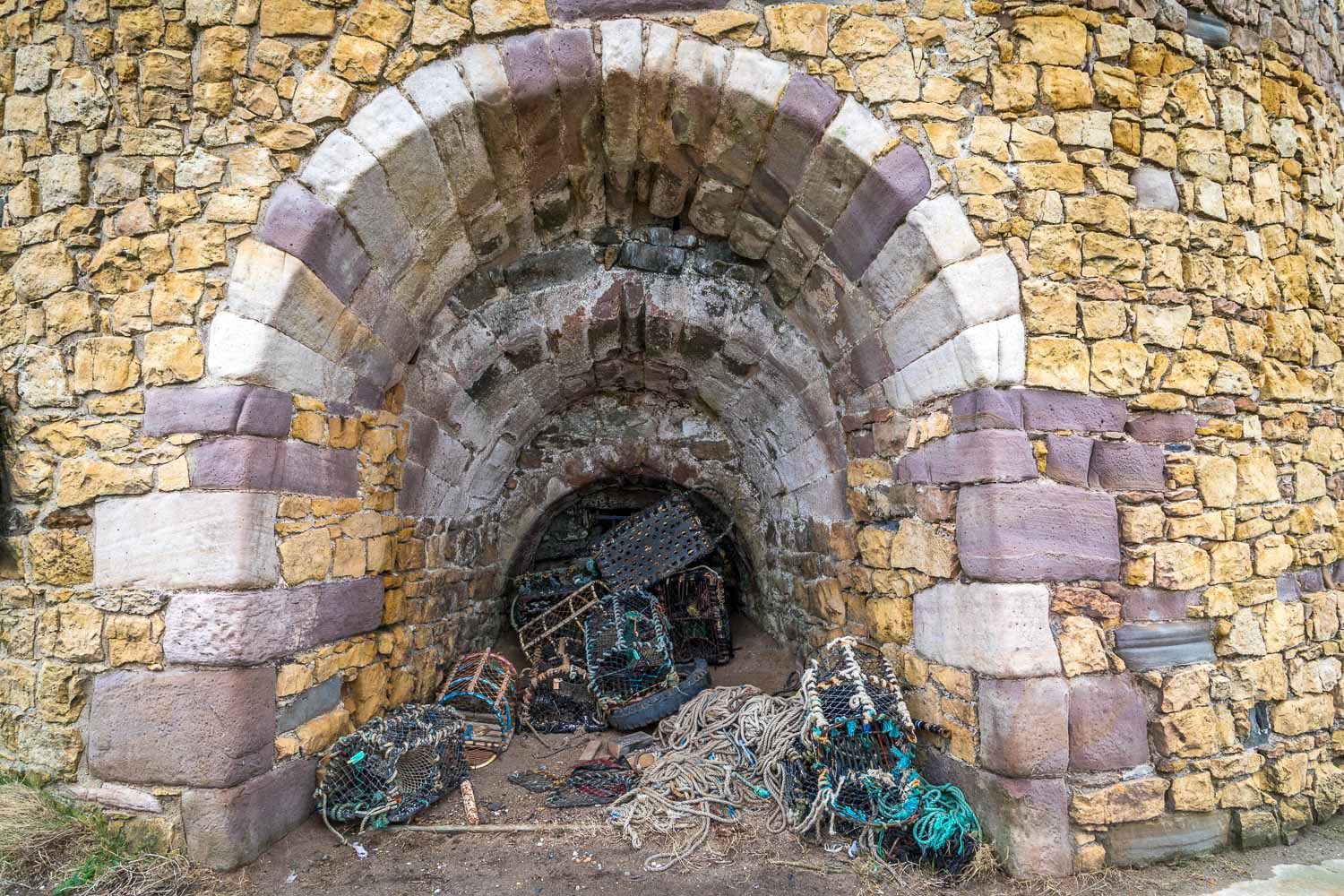
We pass by Beadnell Limekilns, the earliest of which was built in 1789. Limestone was burnt here to make quicklime, which was used as a fertilizer and in building mortar
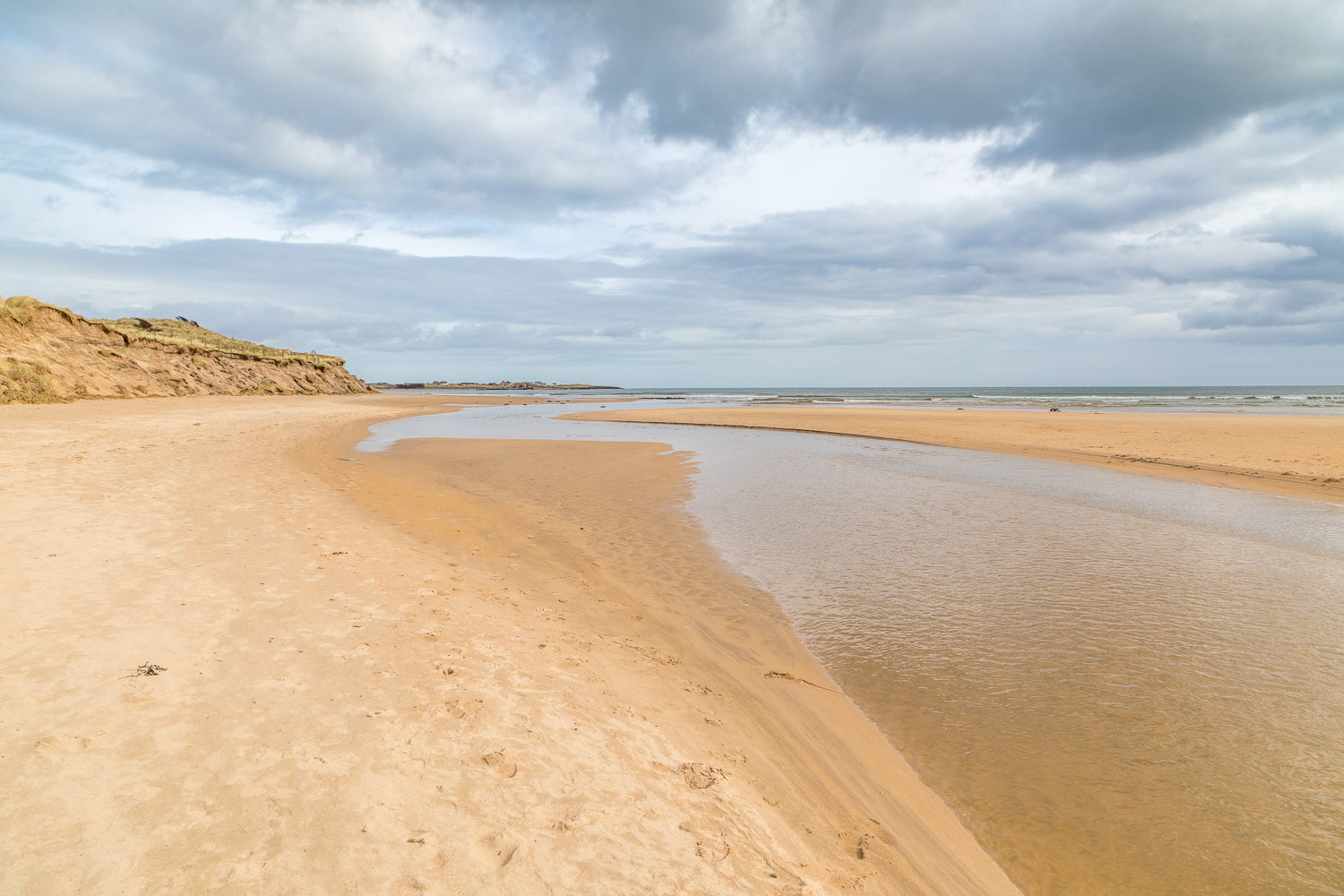
The burn is easily forded at low tide, and we could have done so here, but decided to keep our boots on and use Long Nanny footbridge
